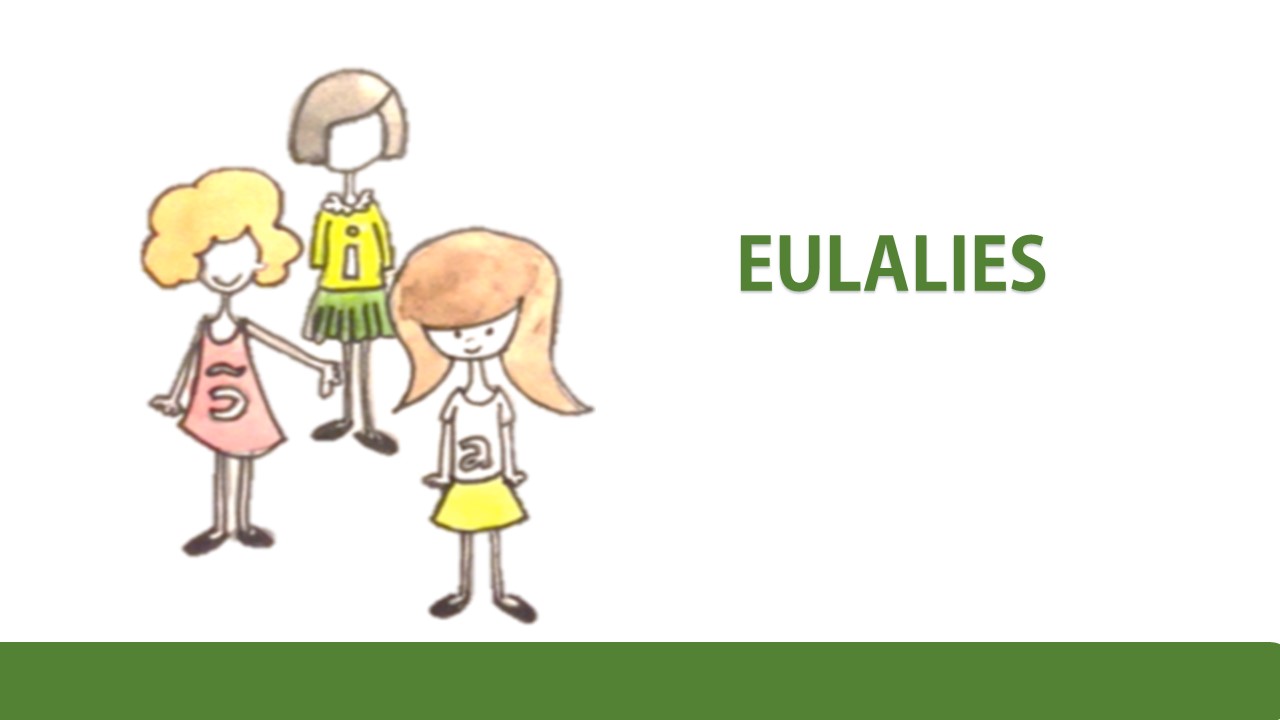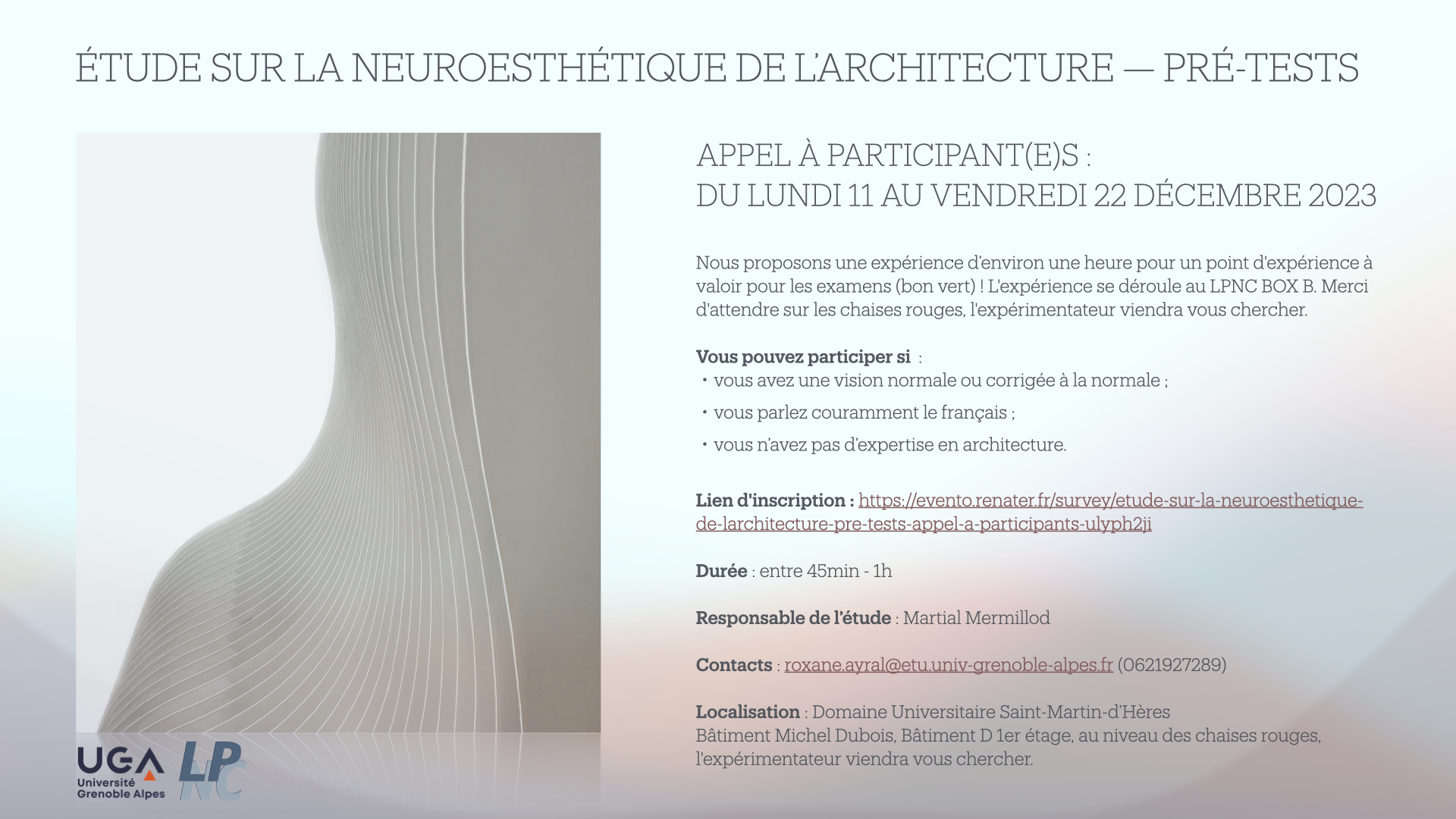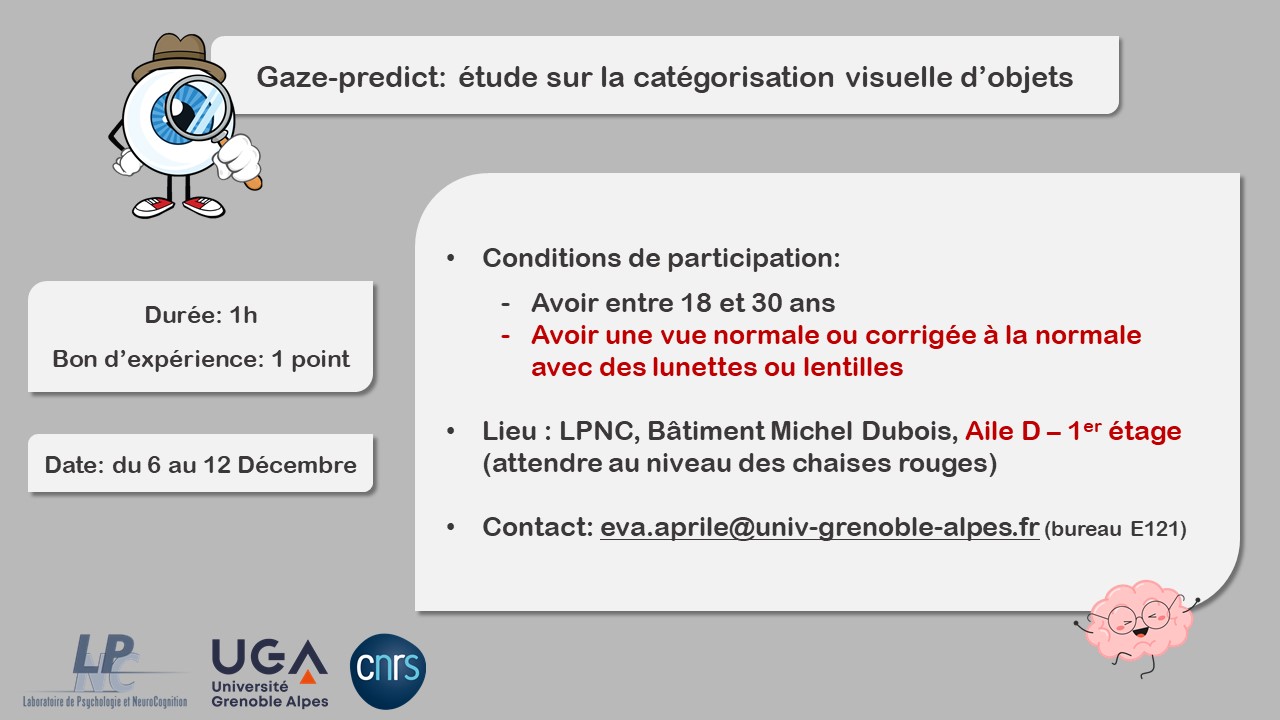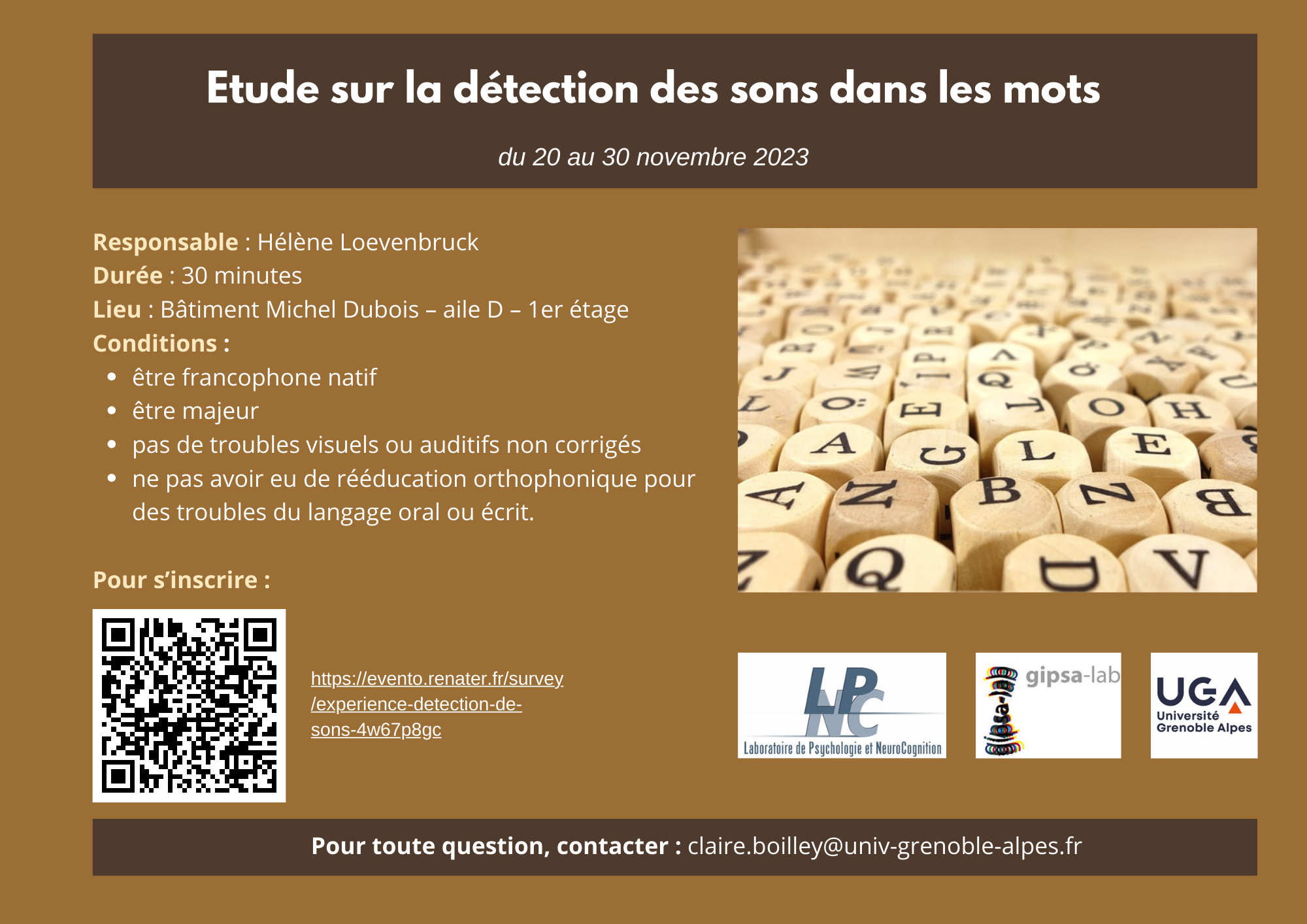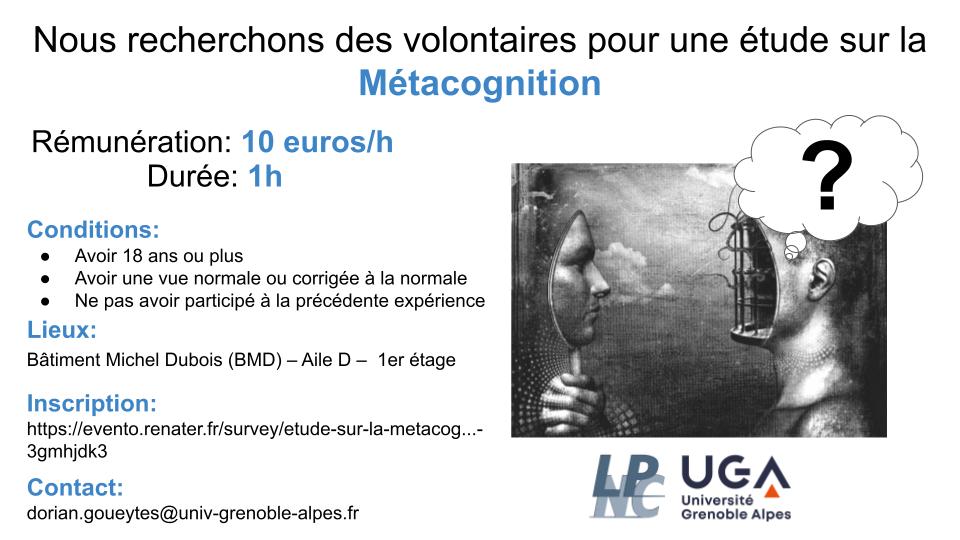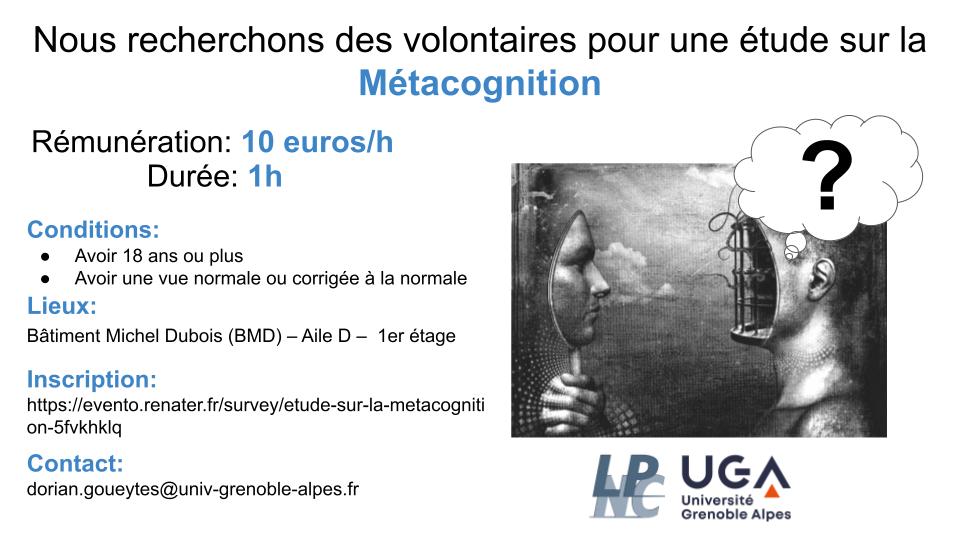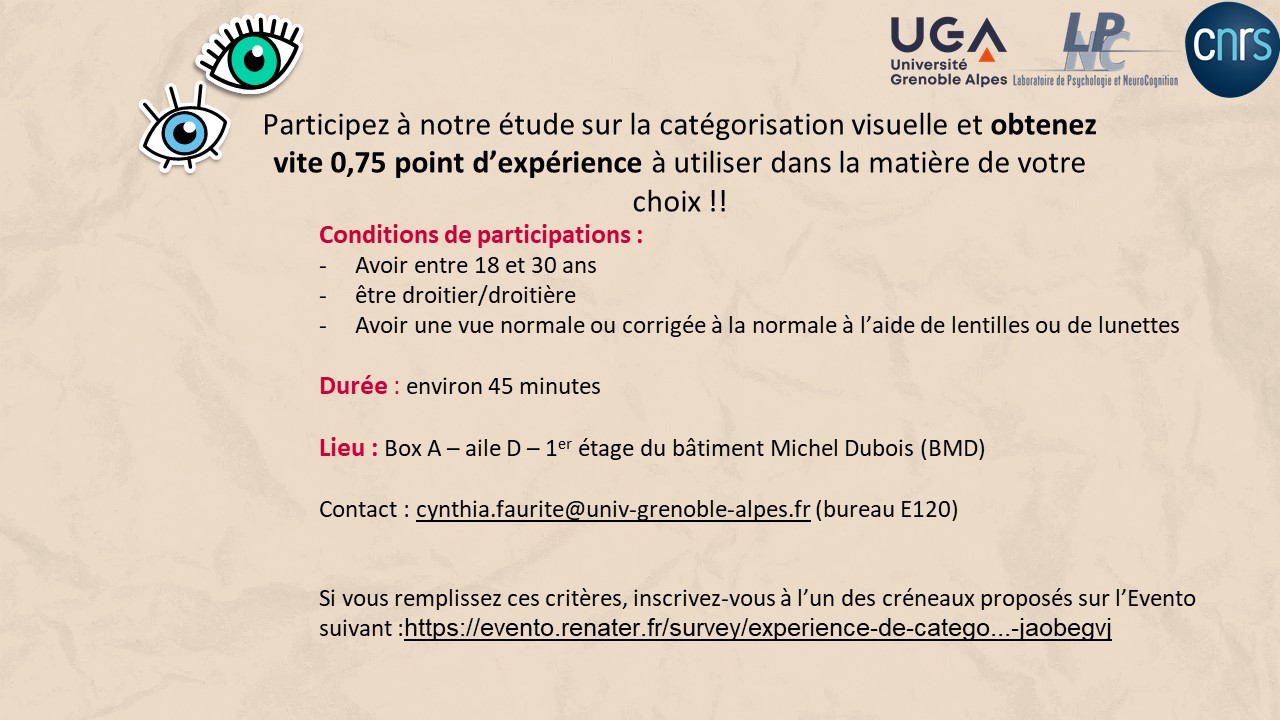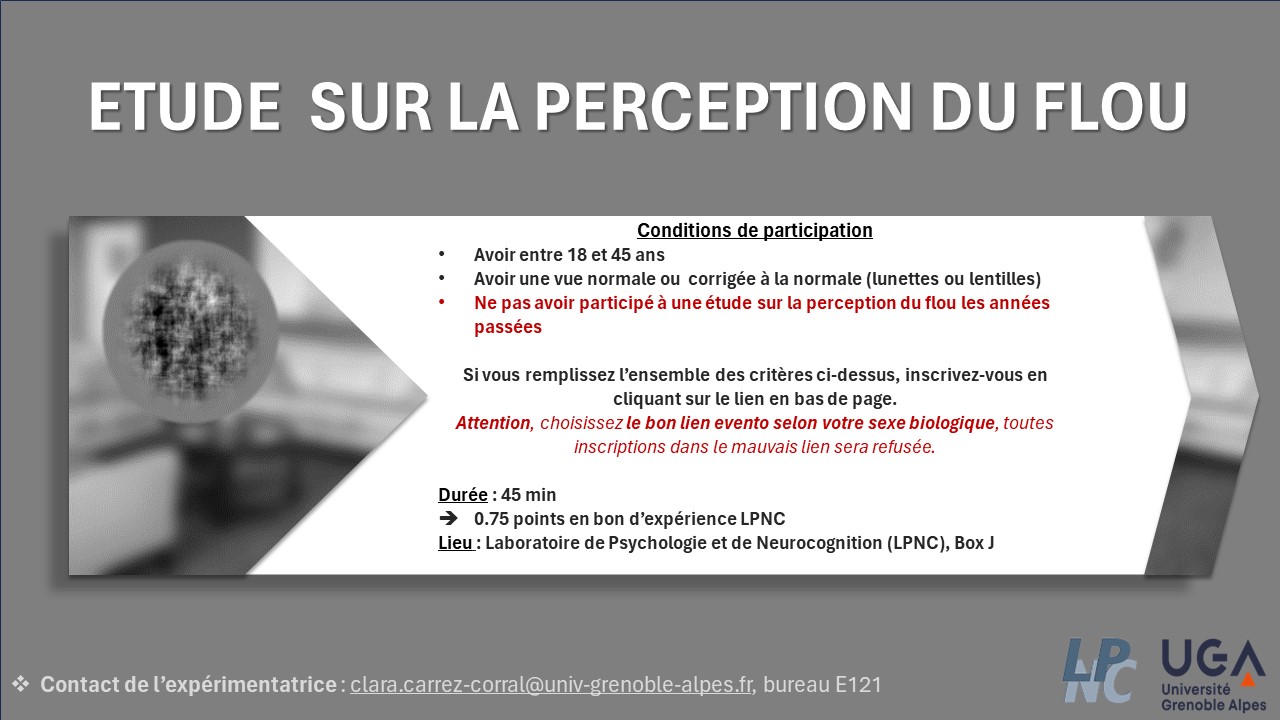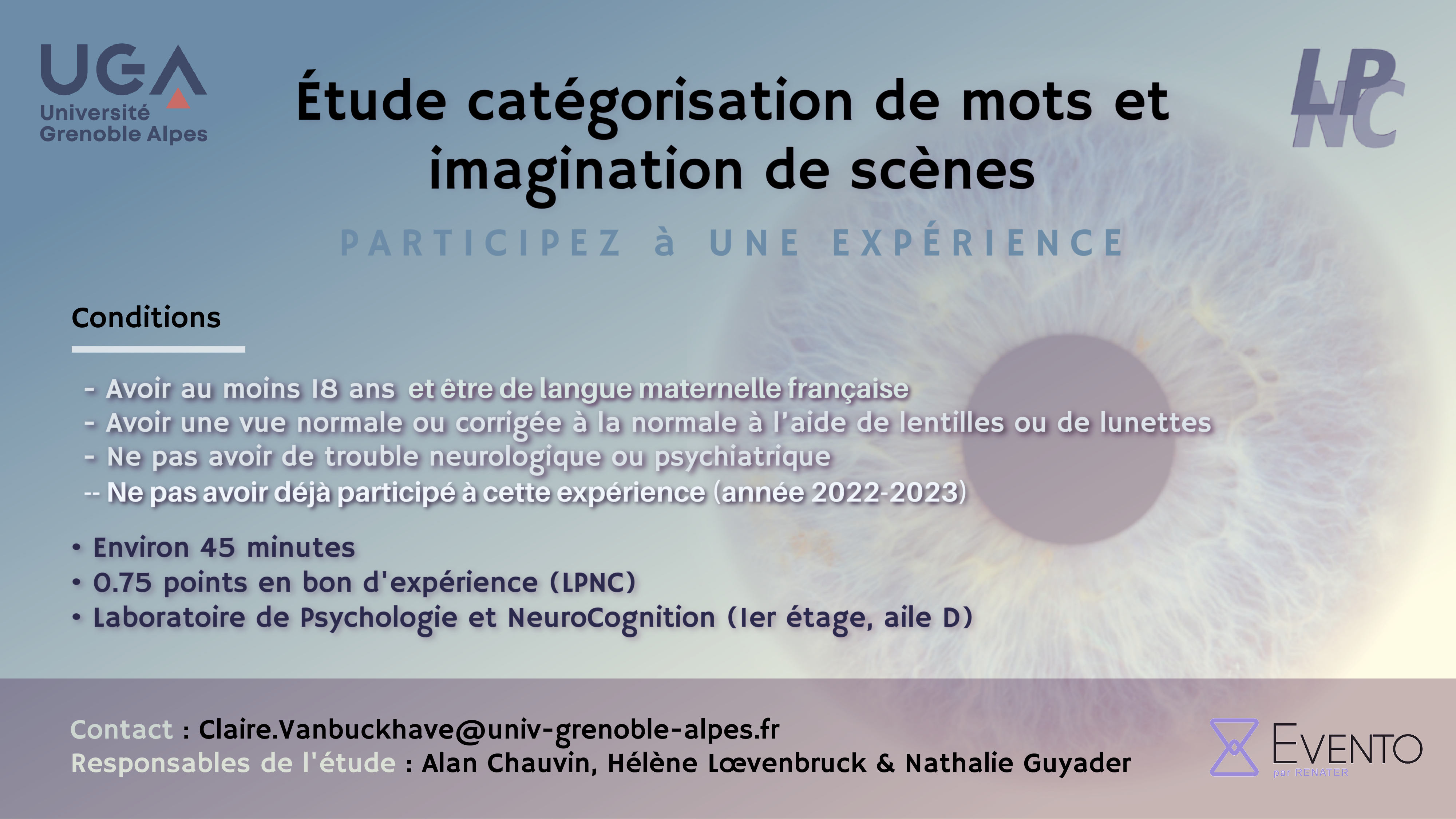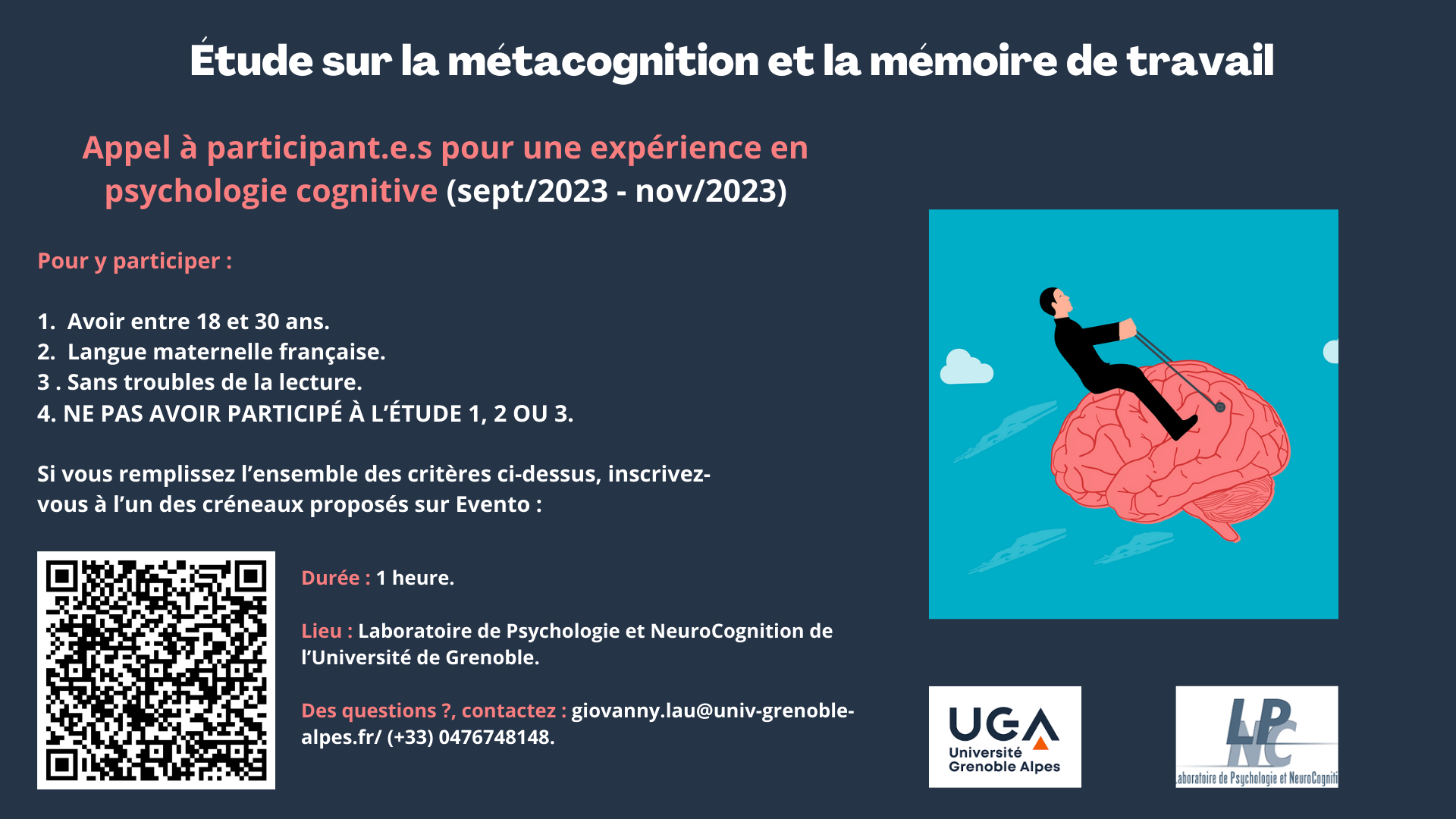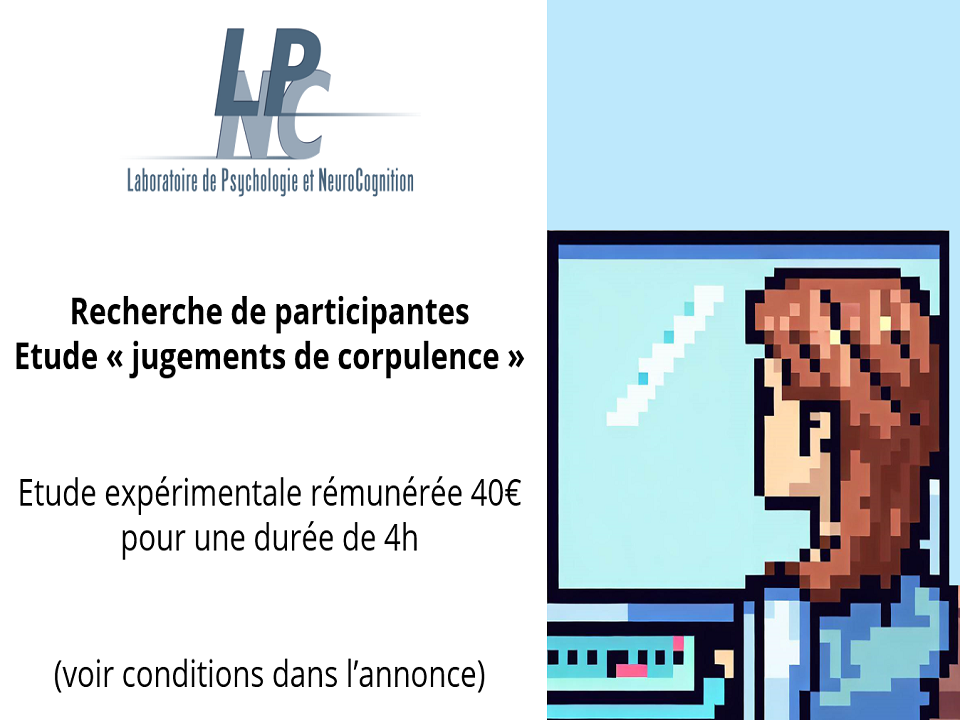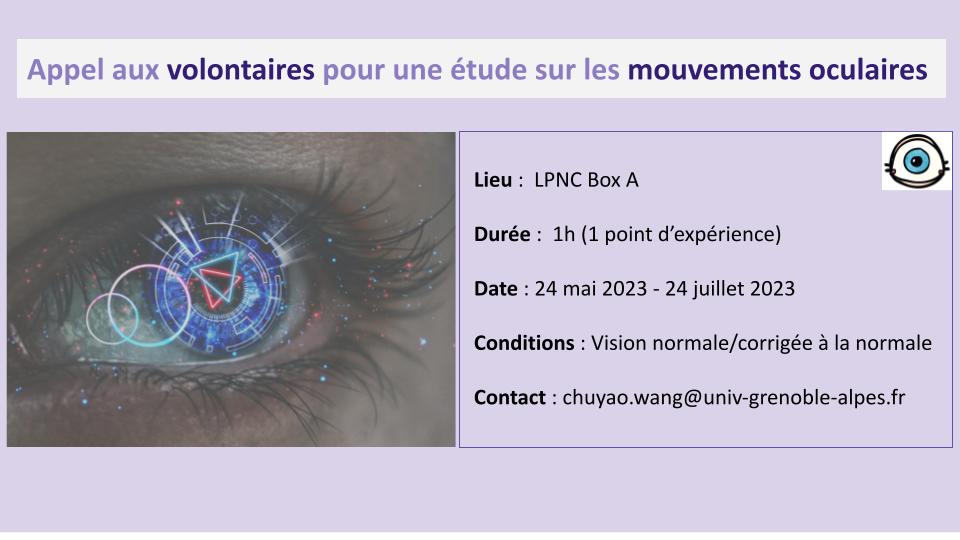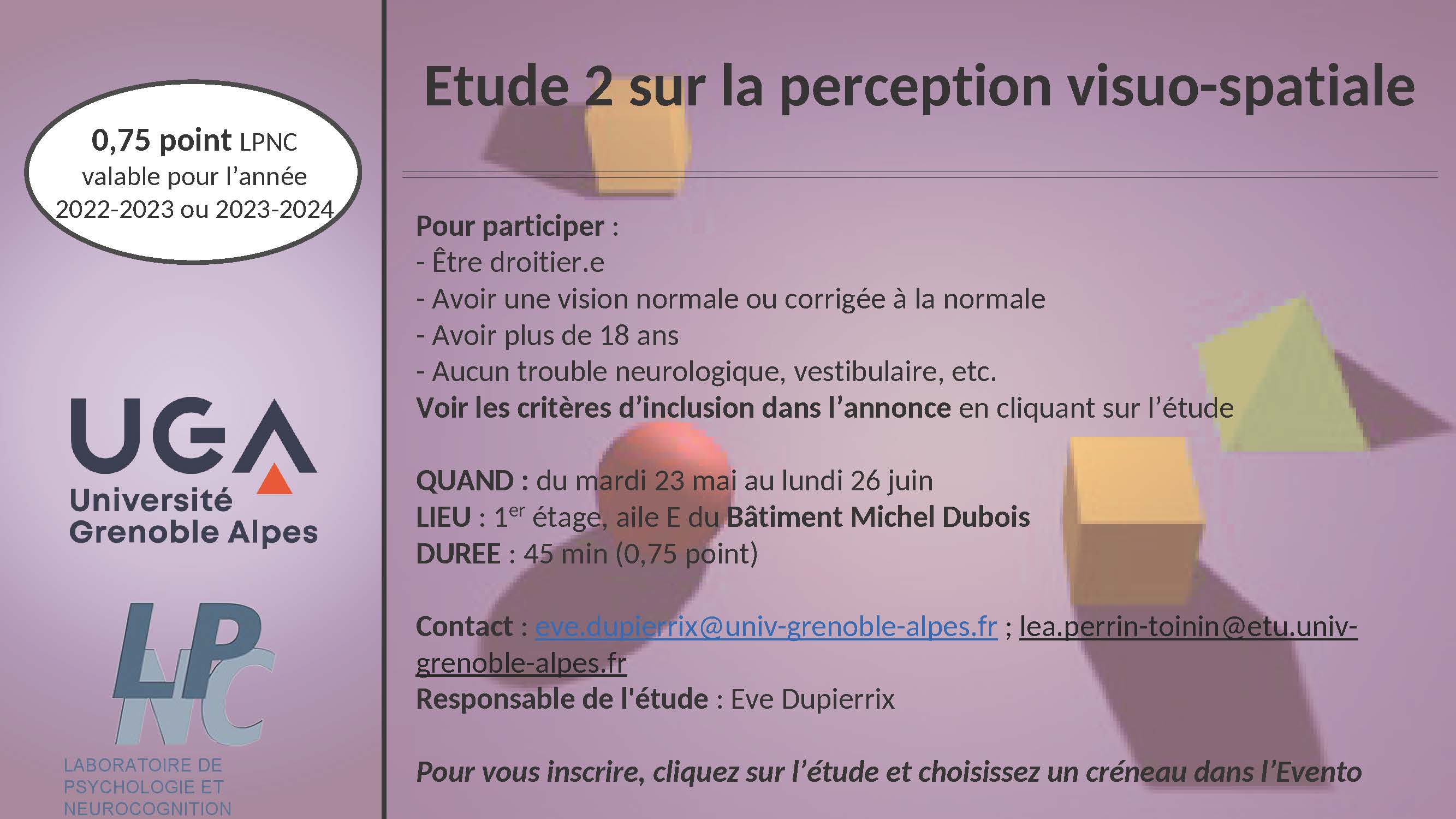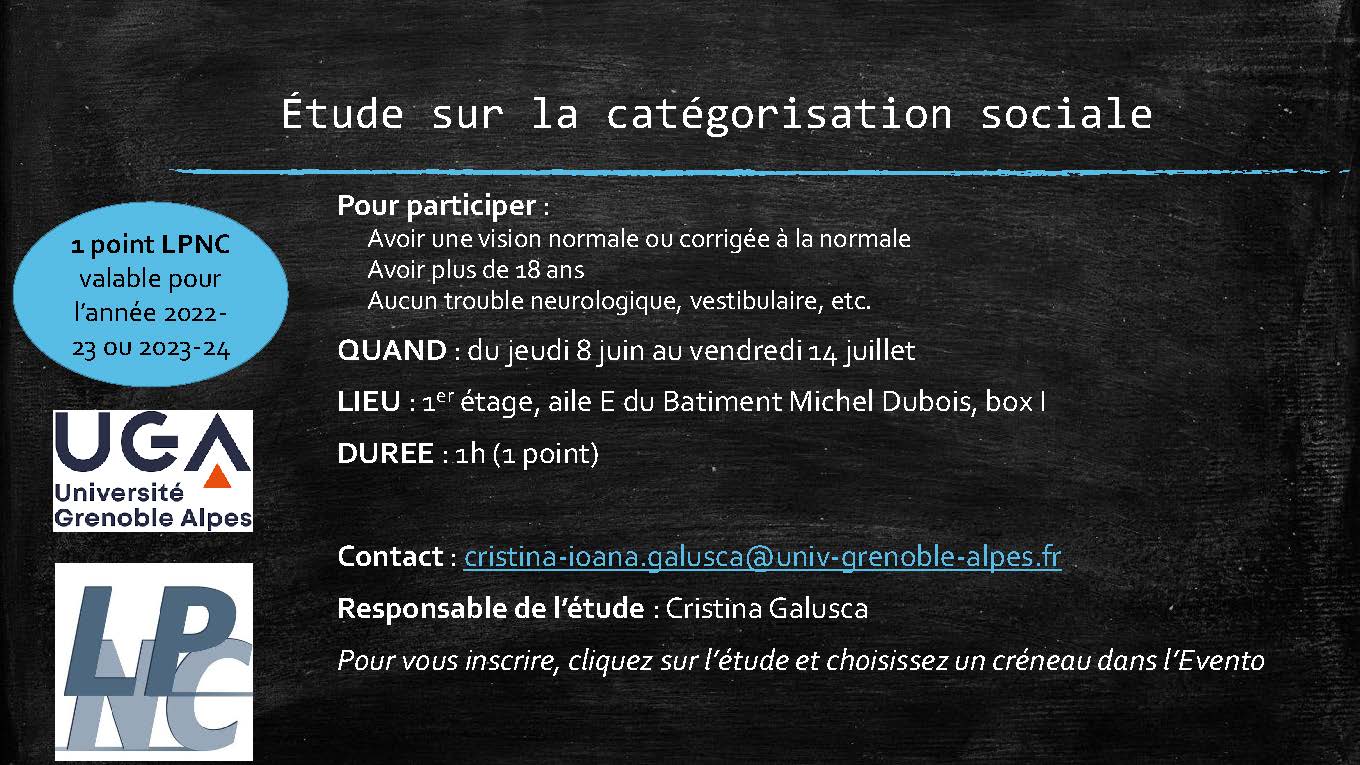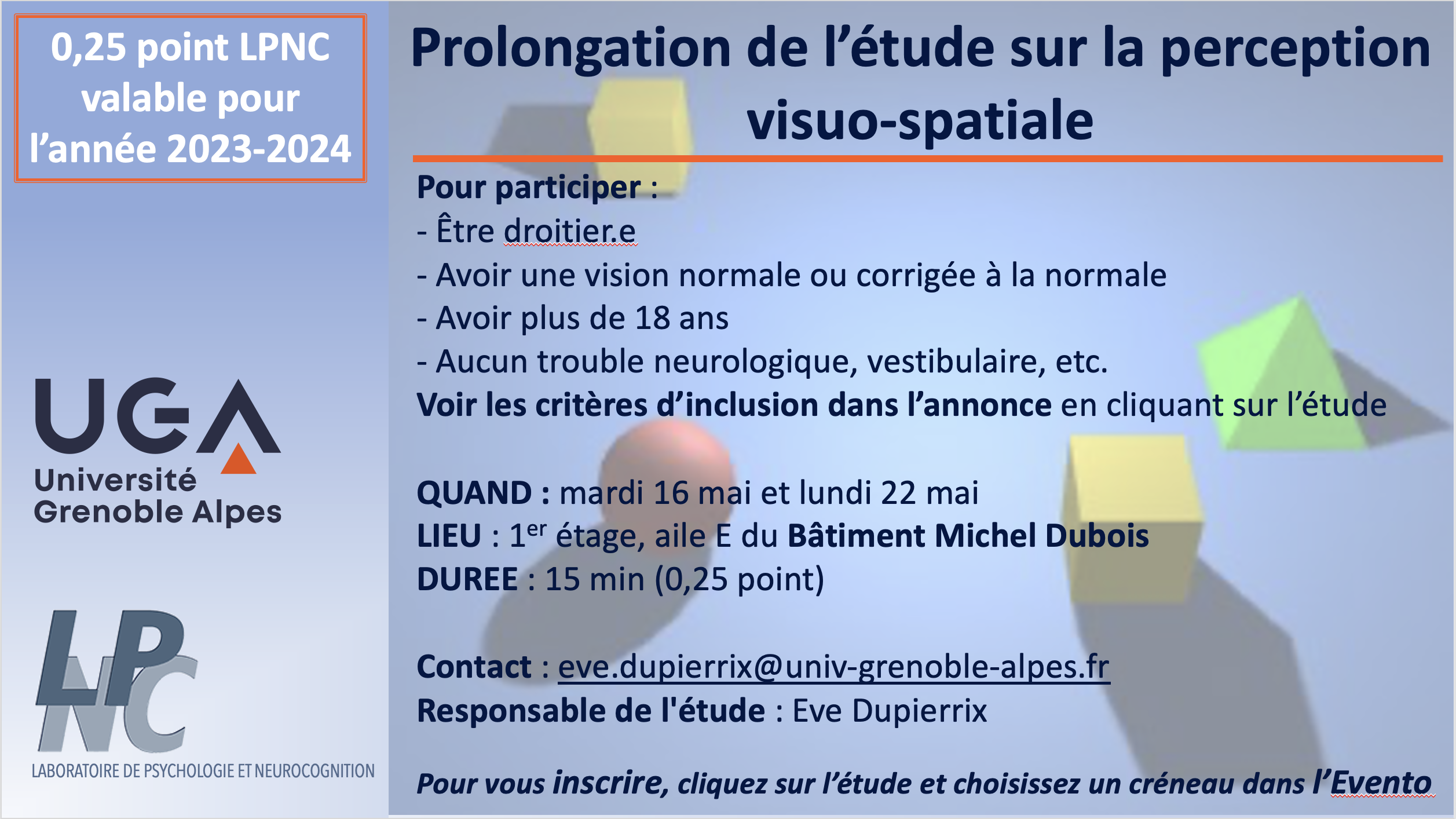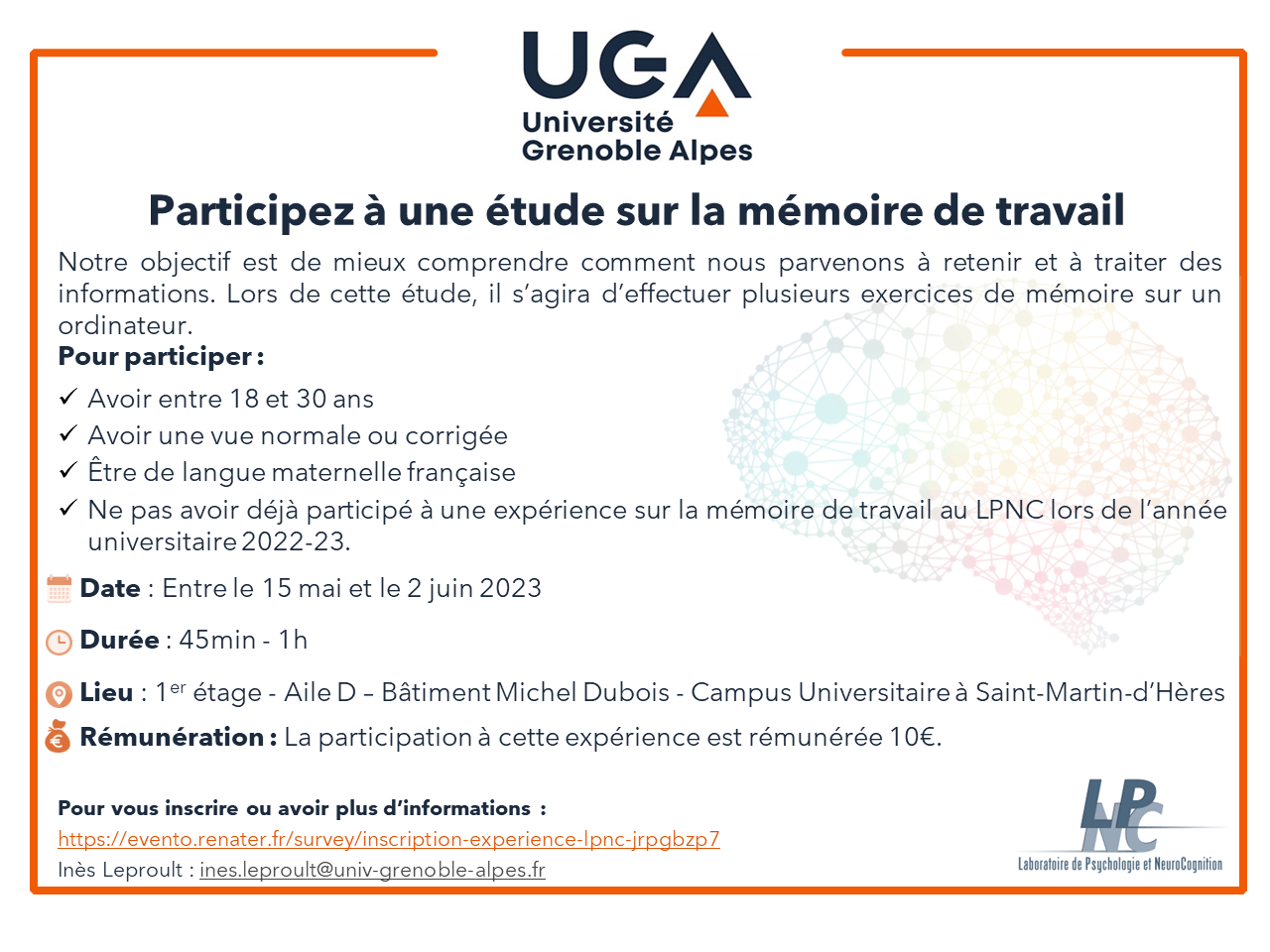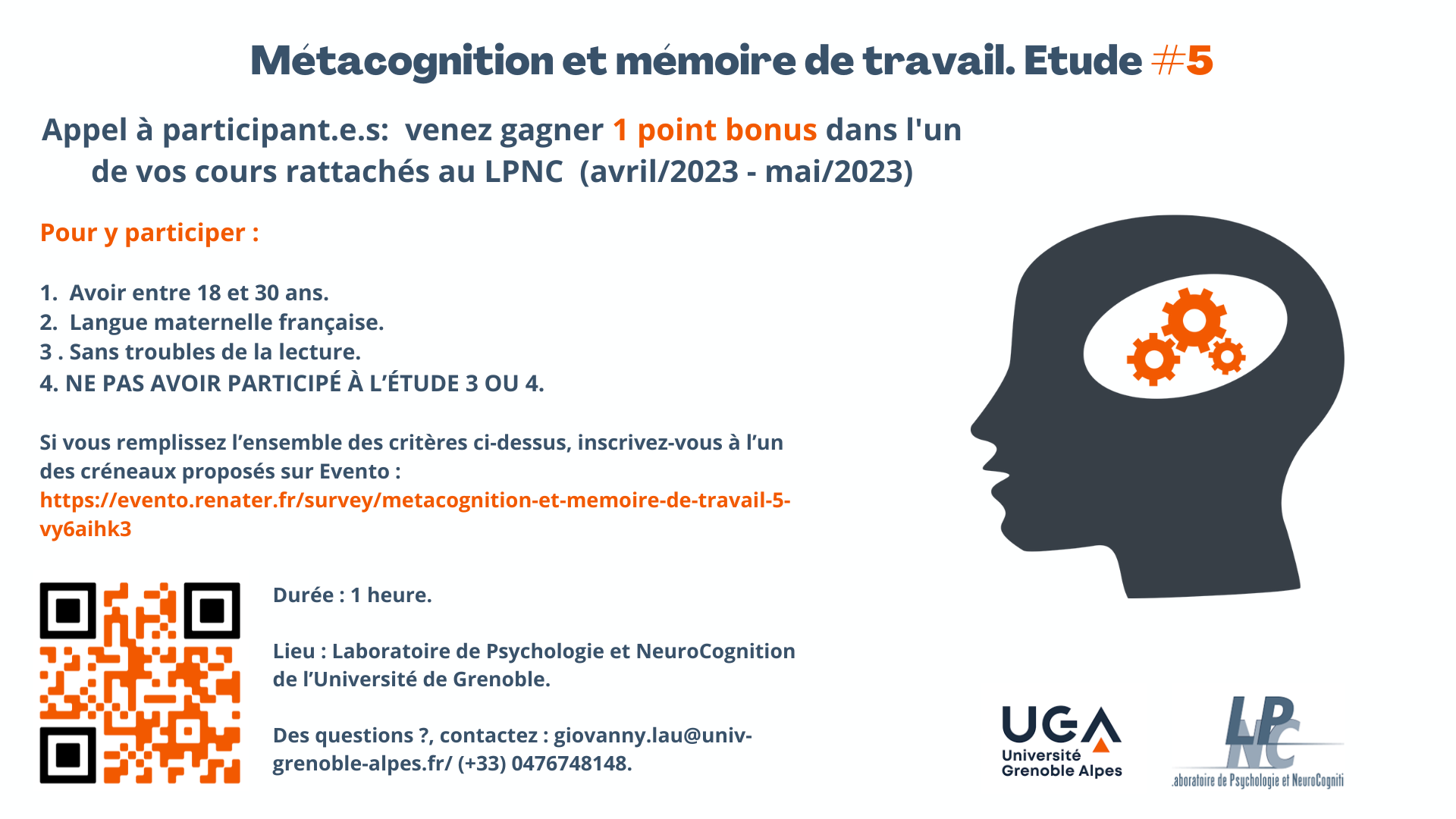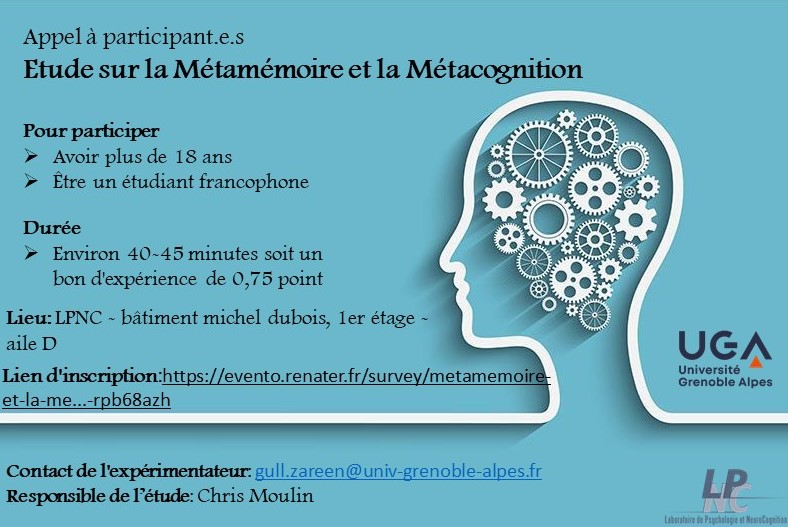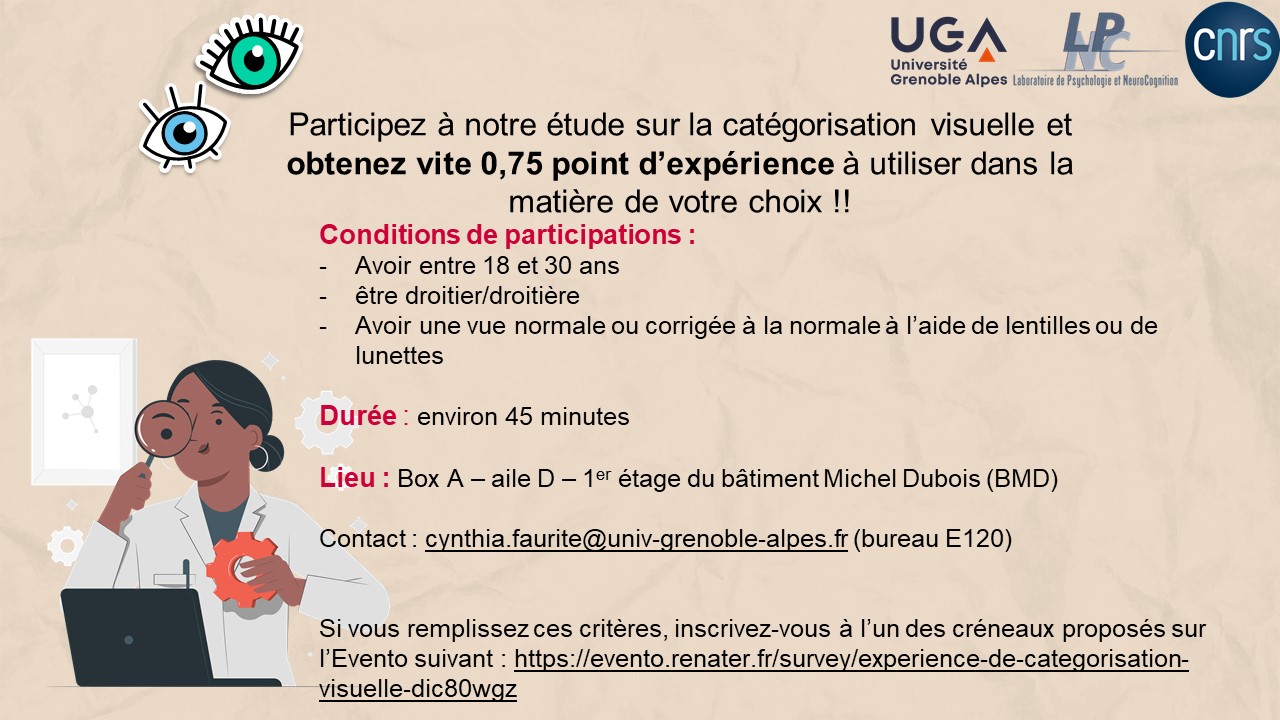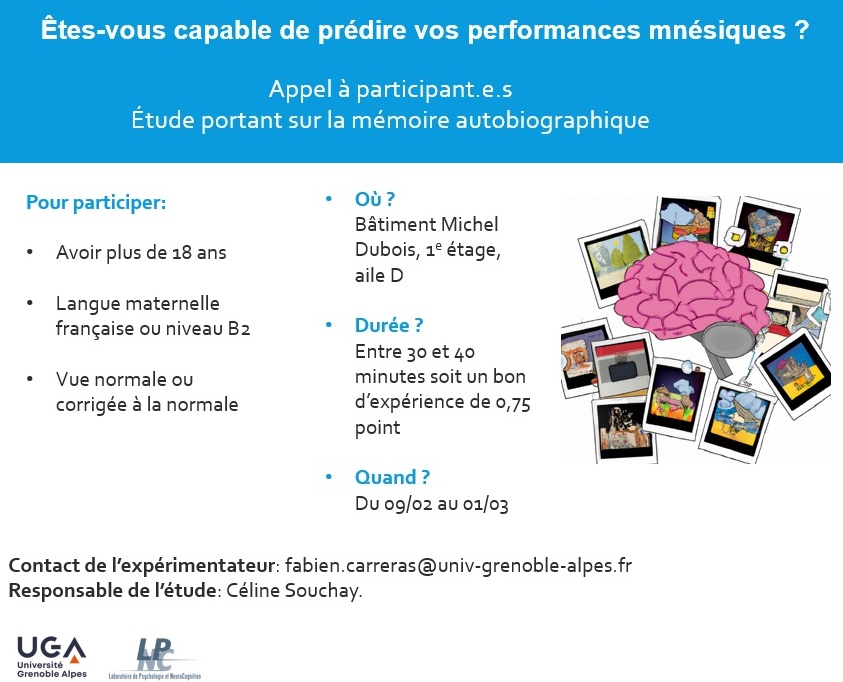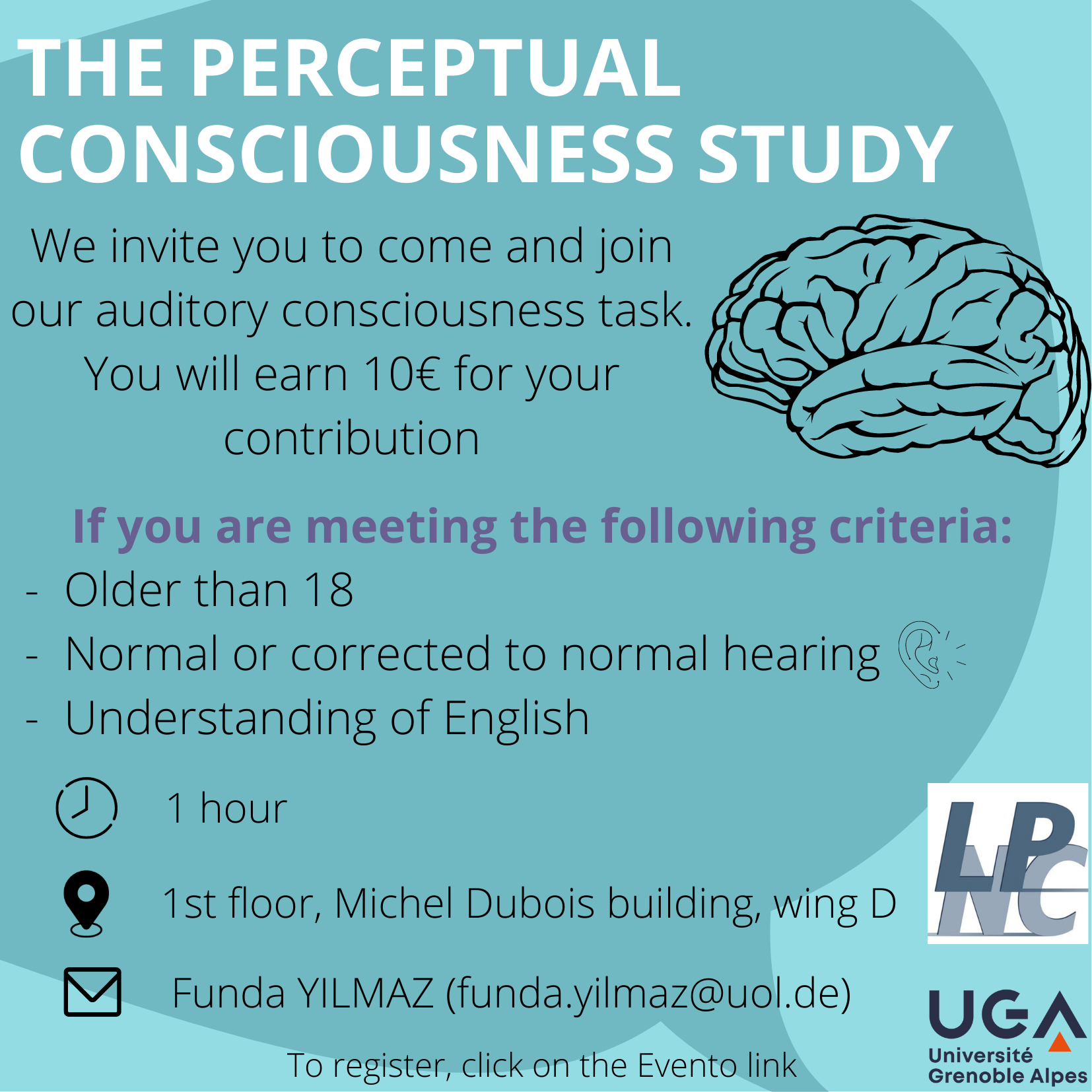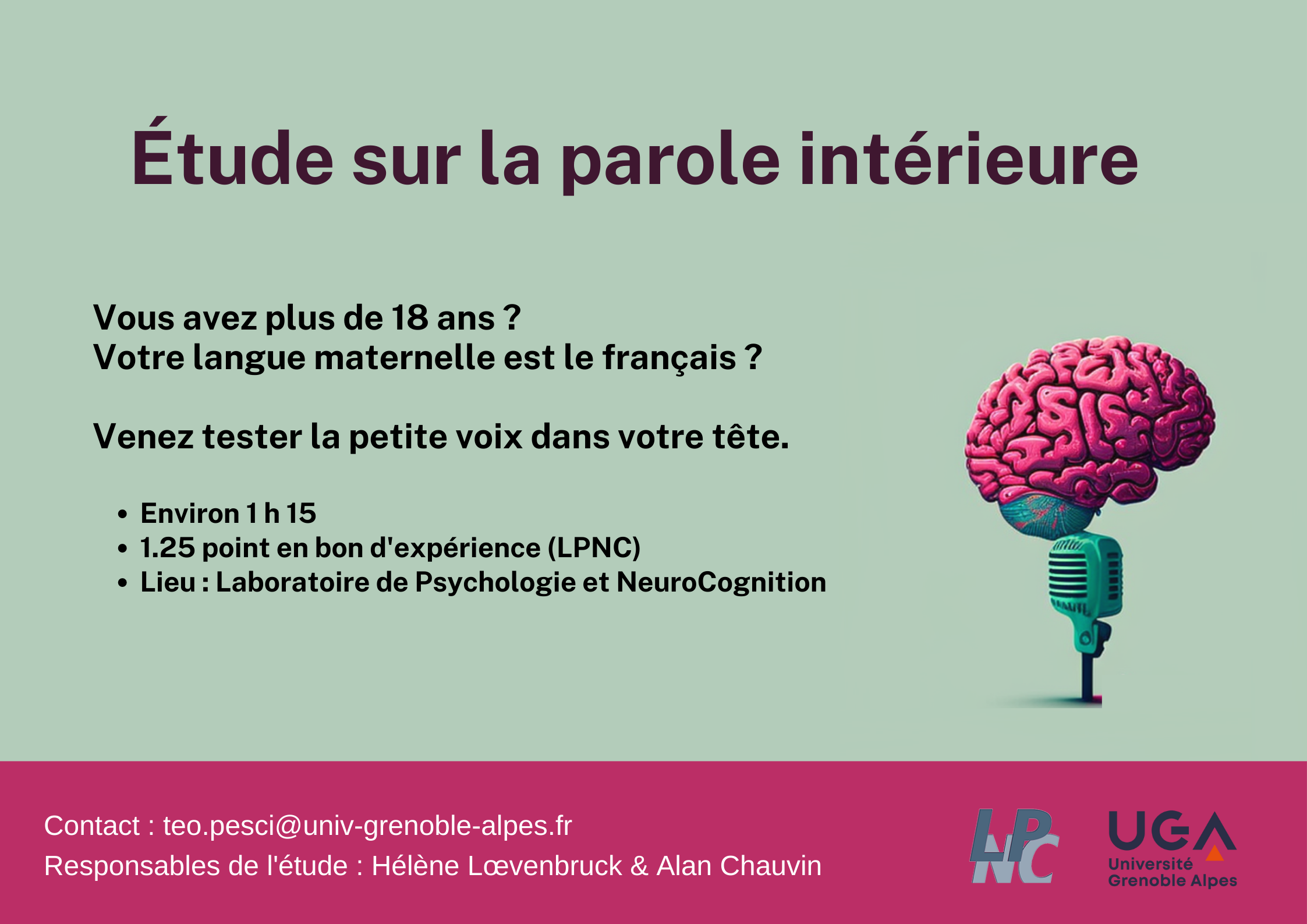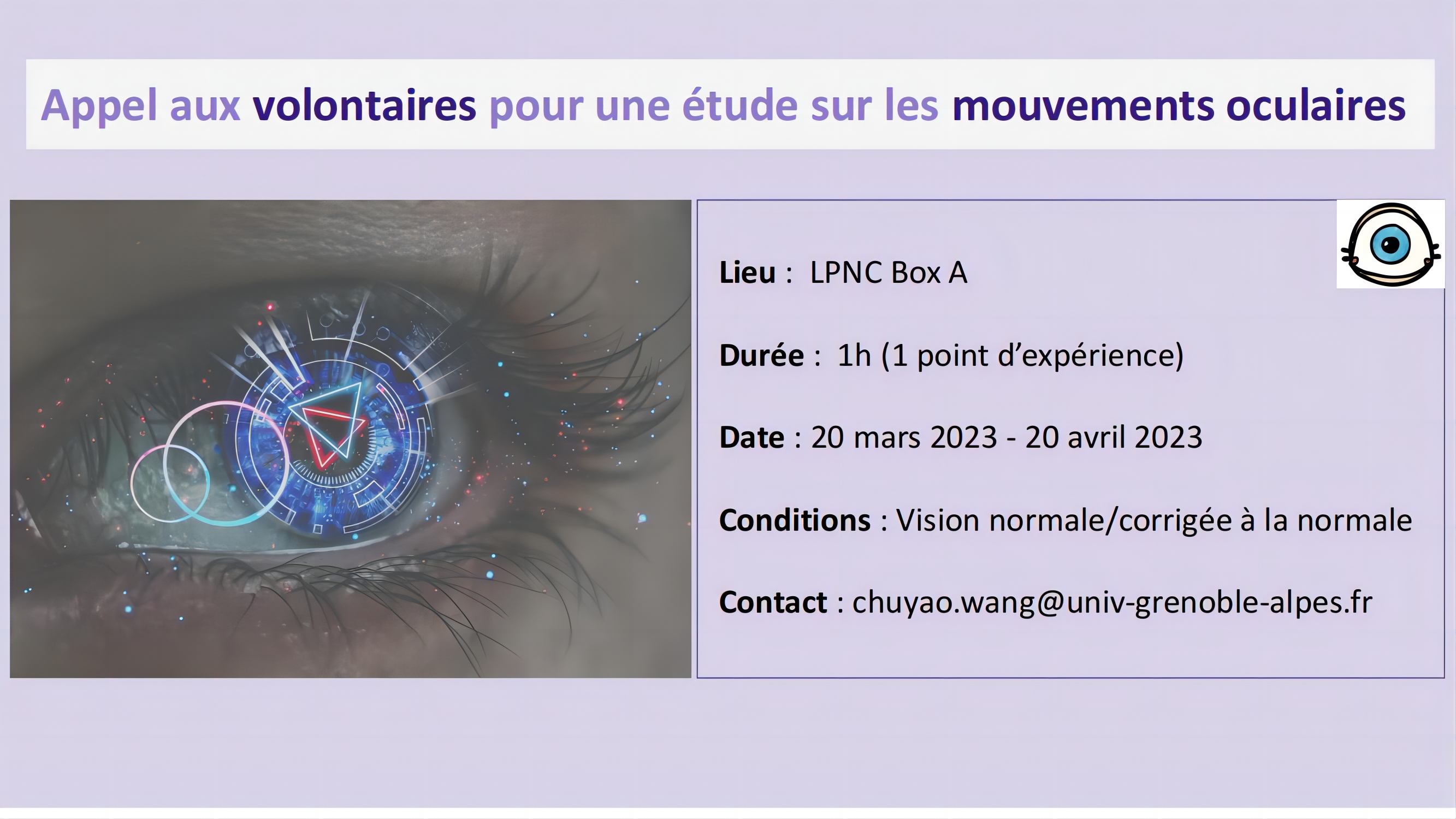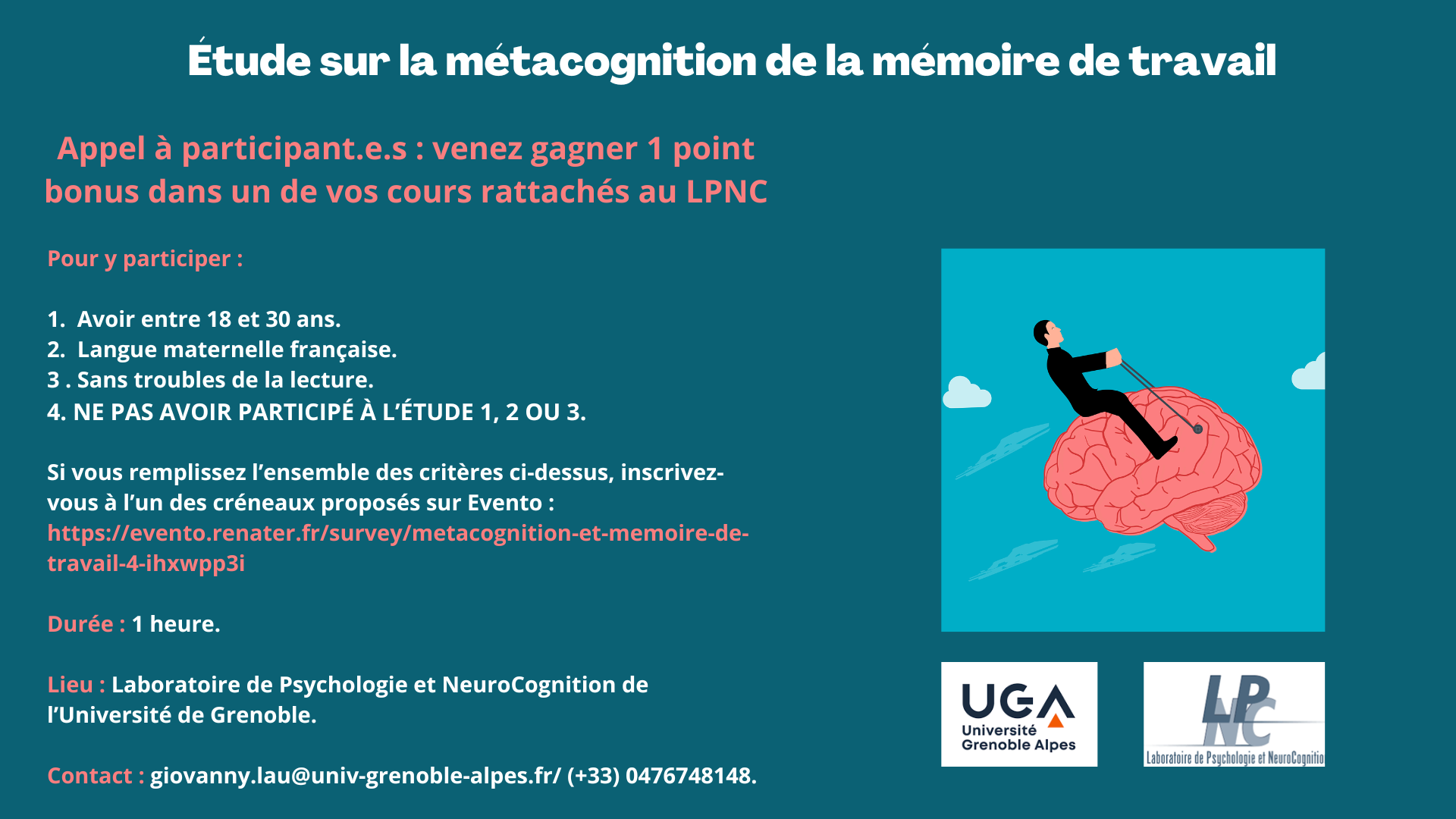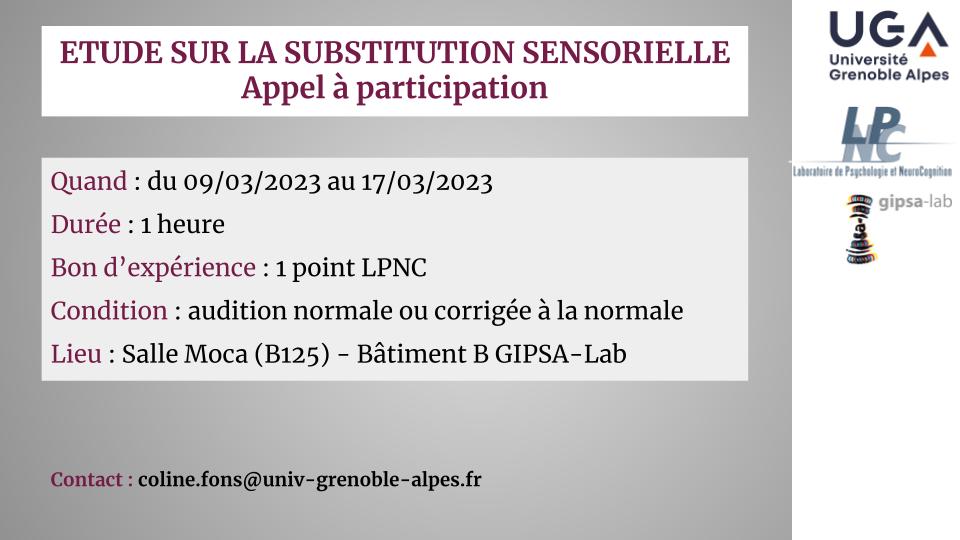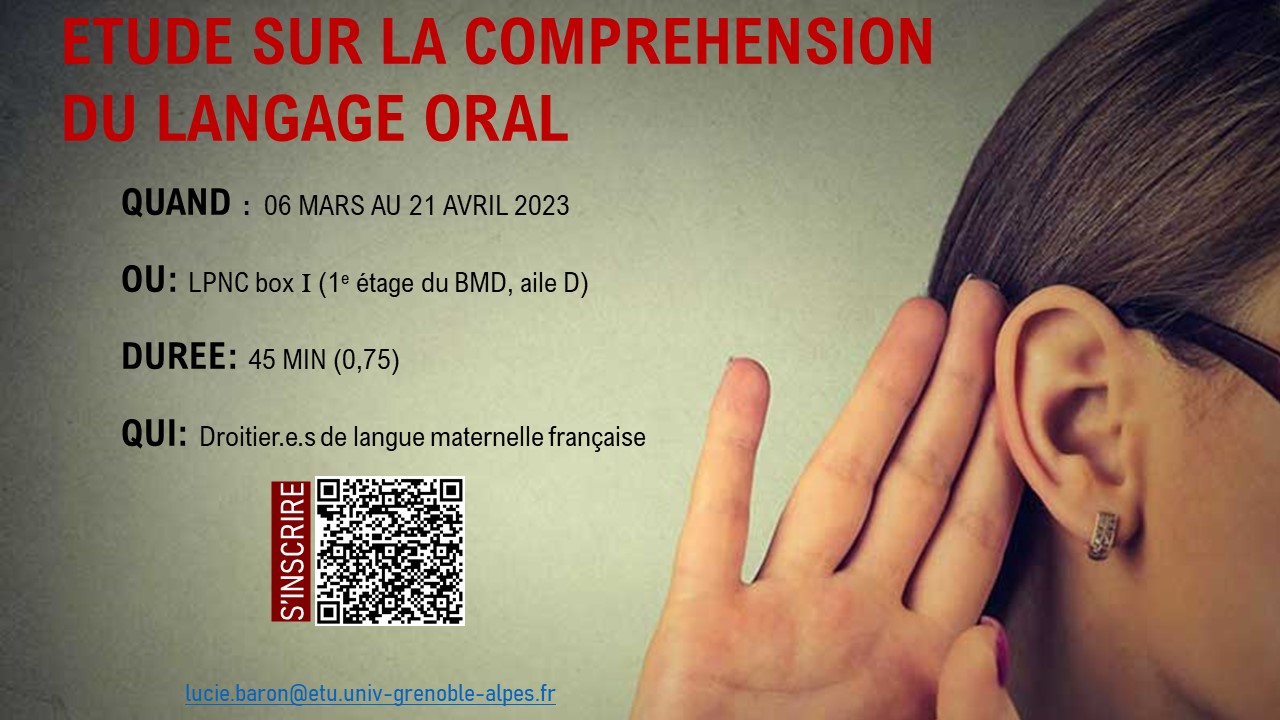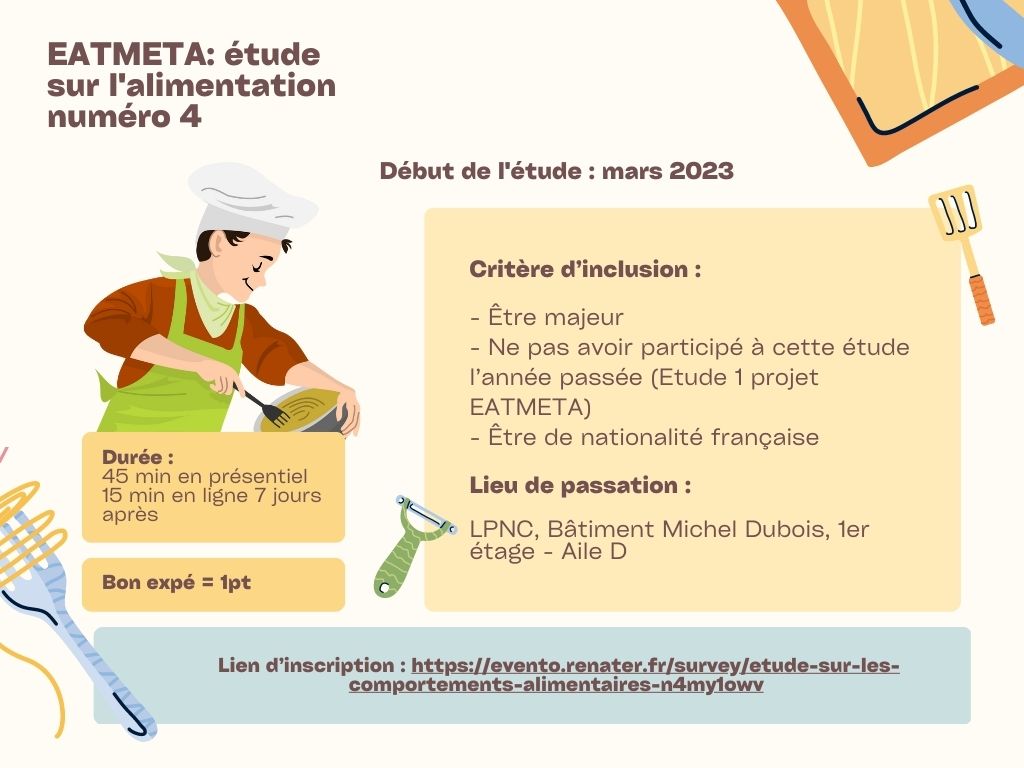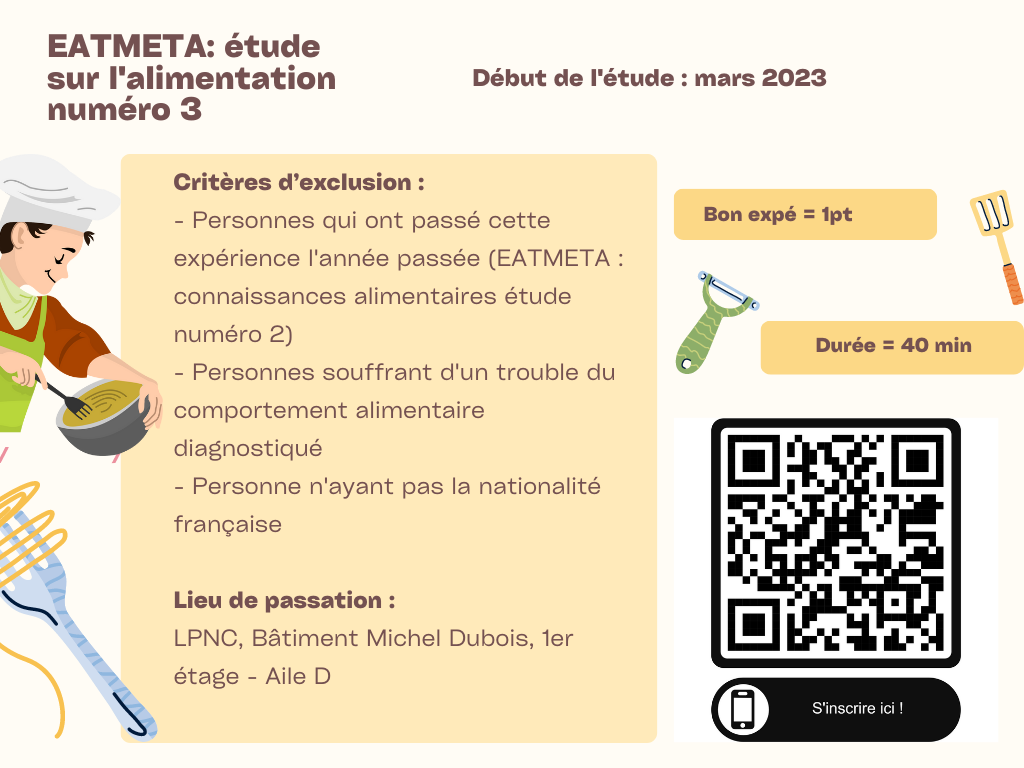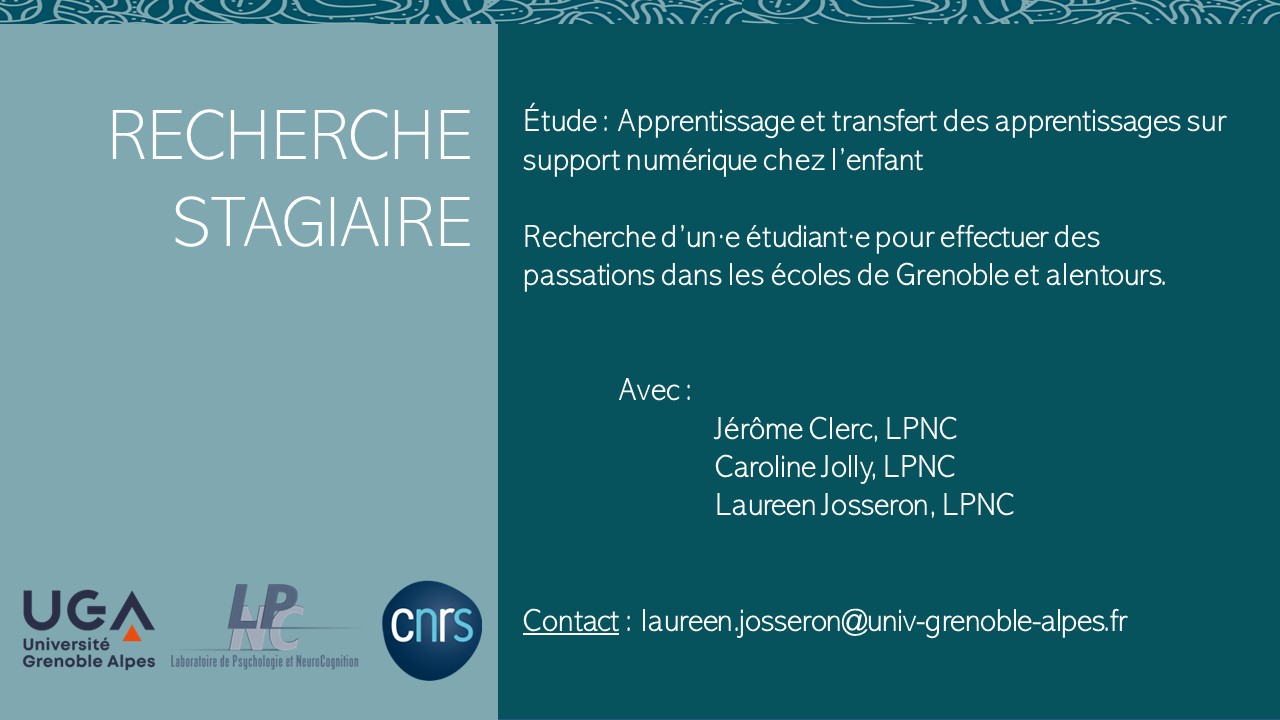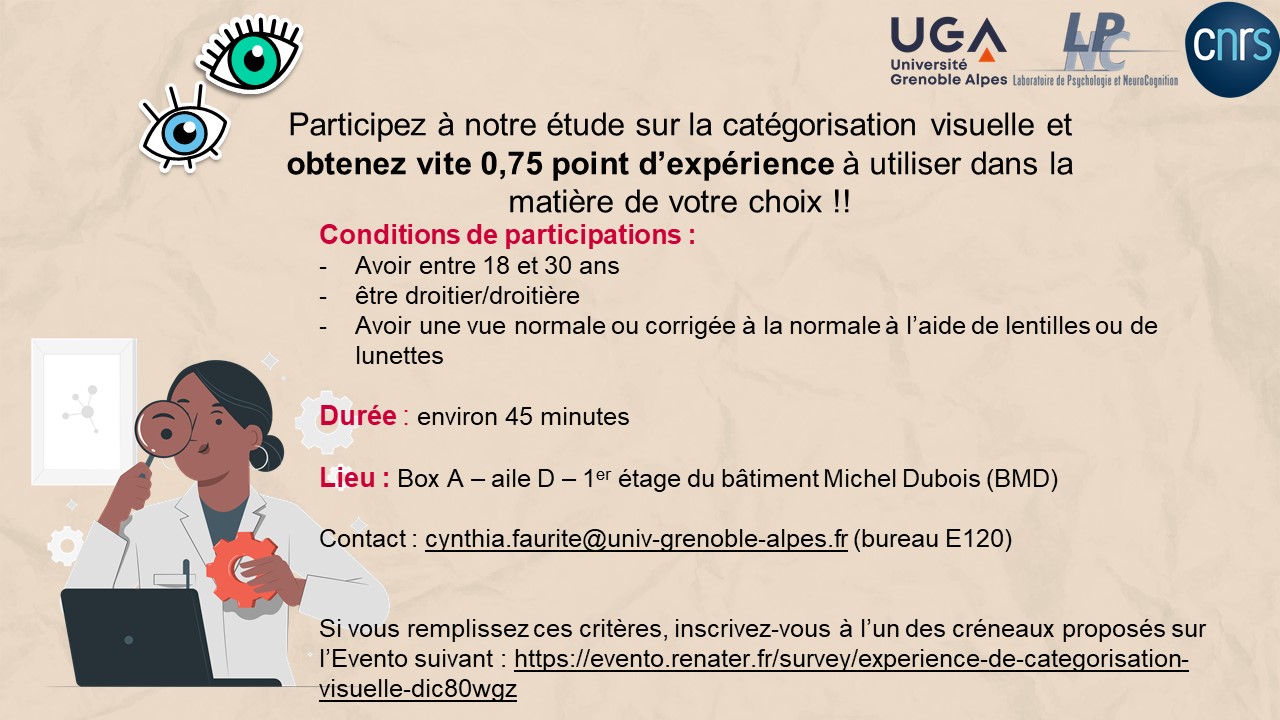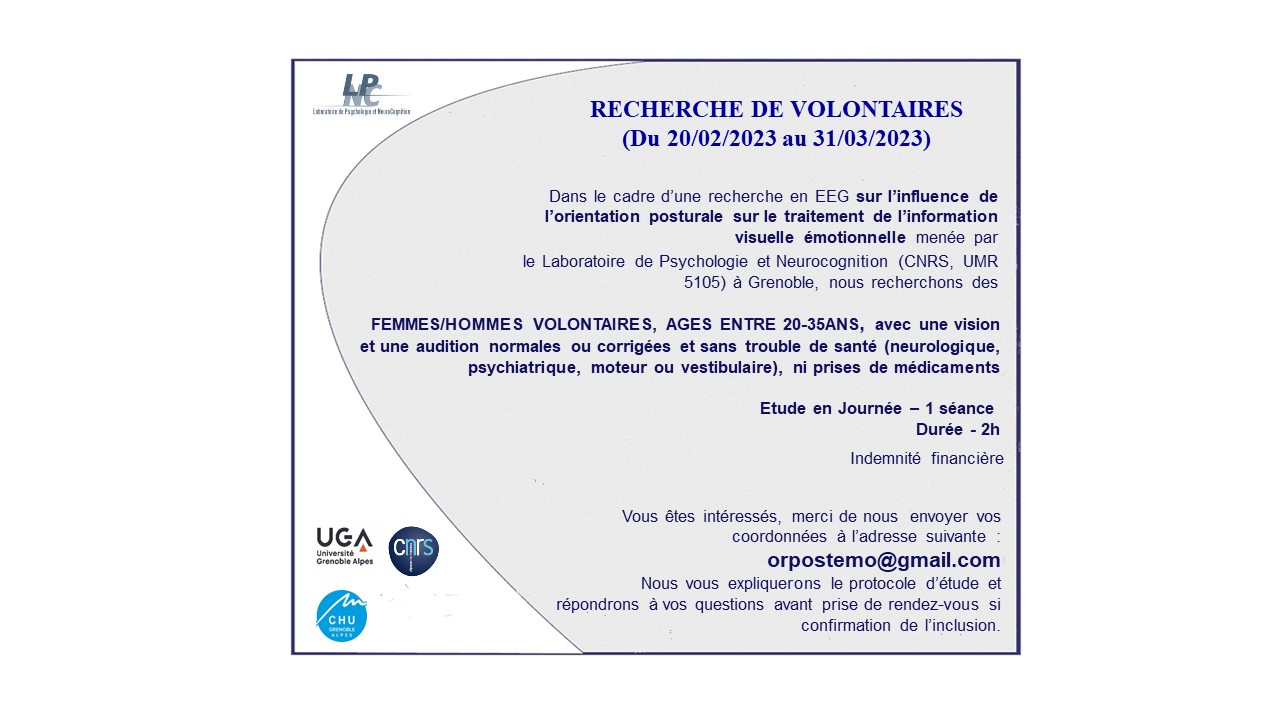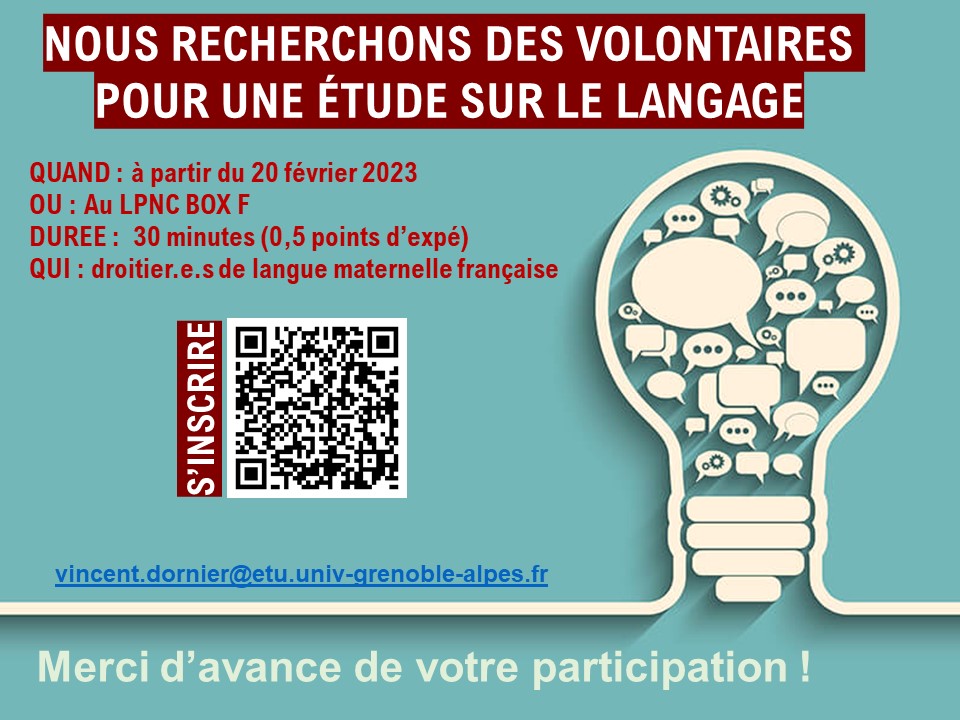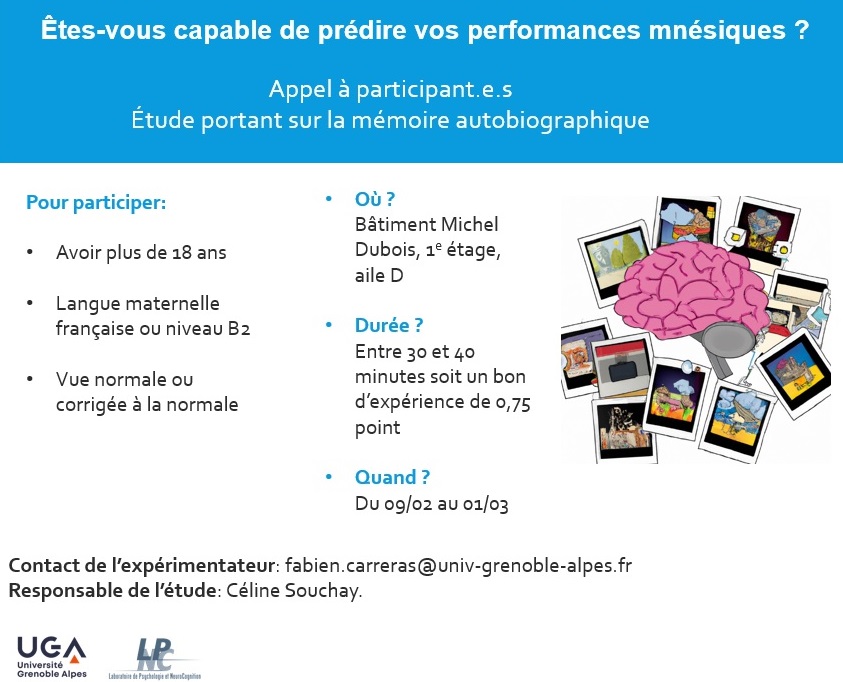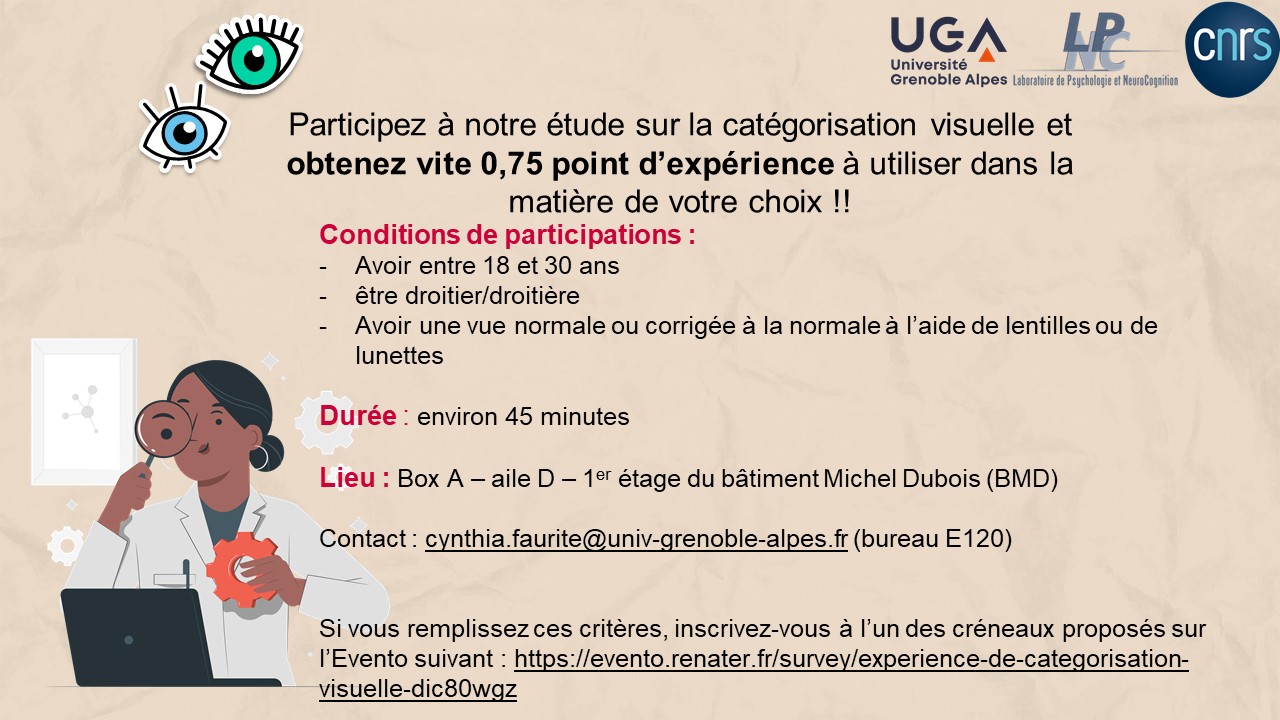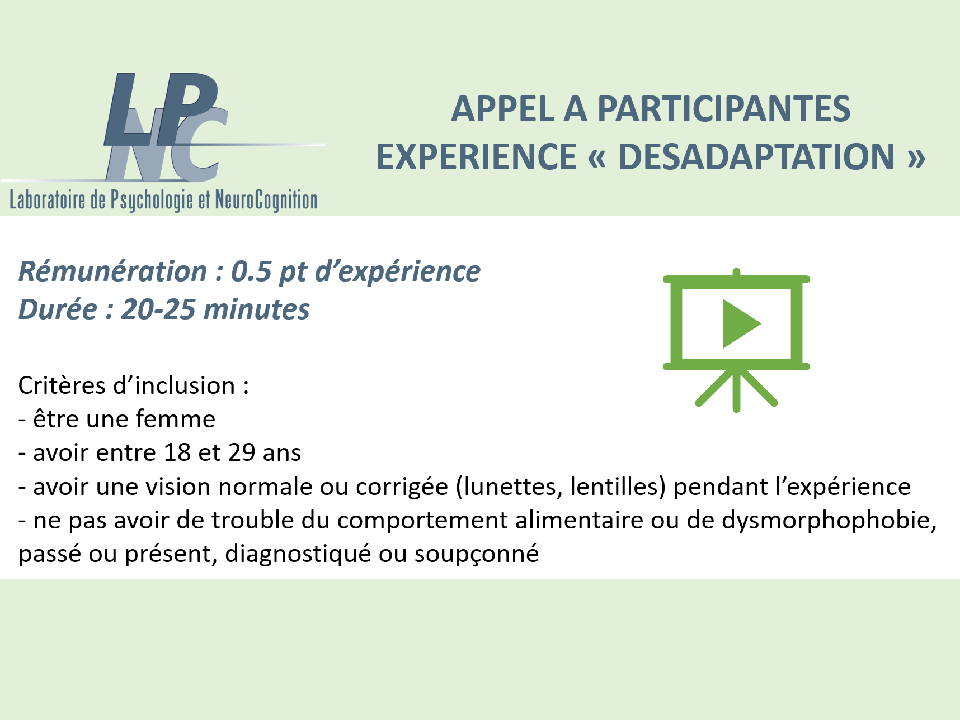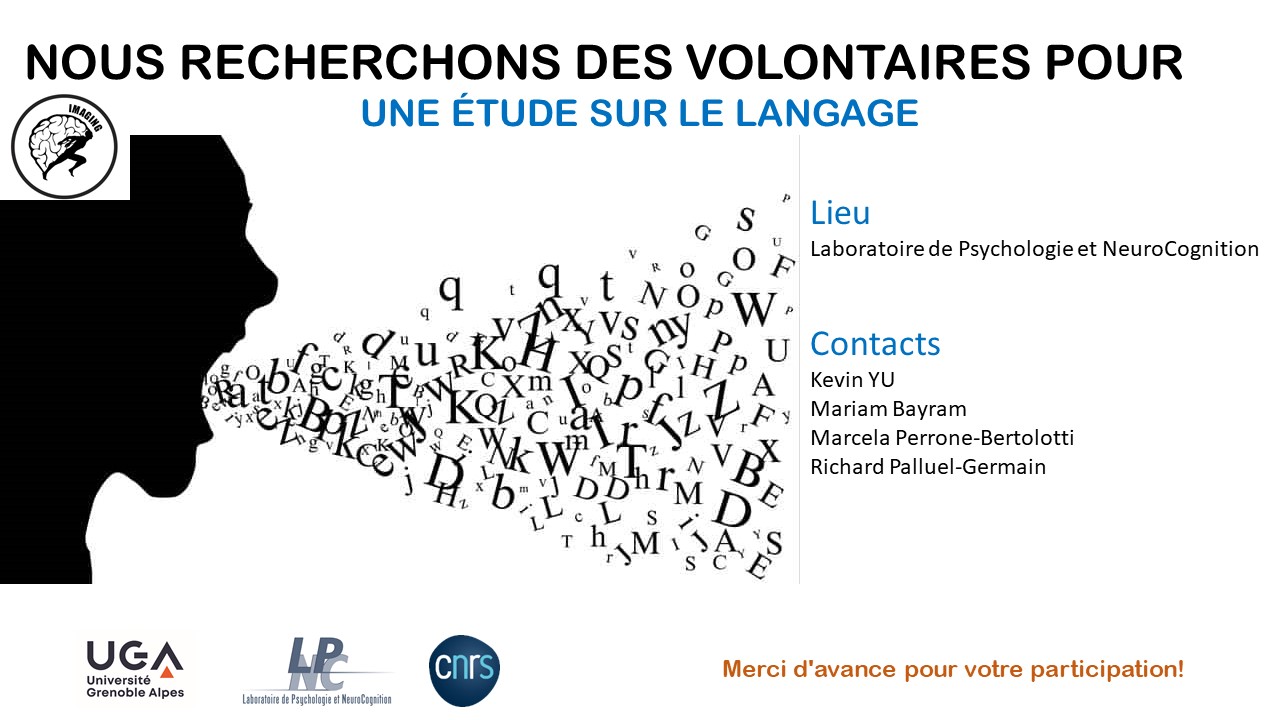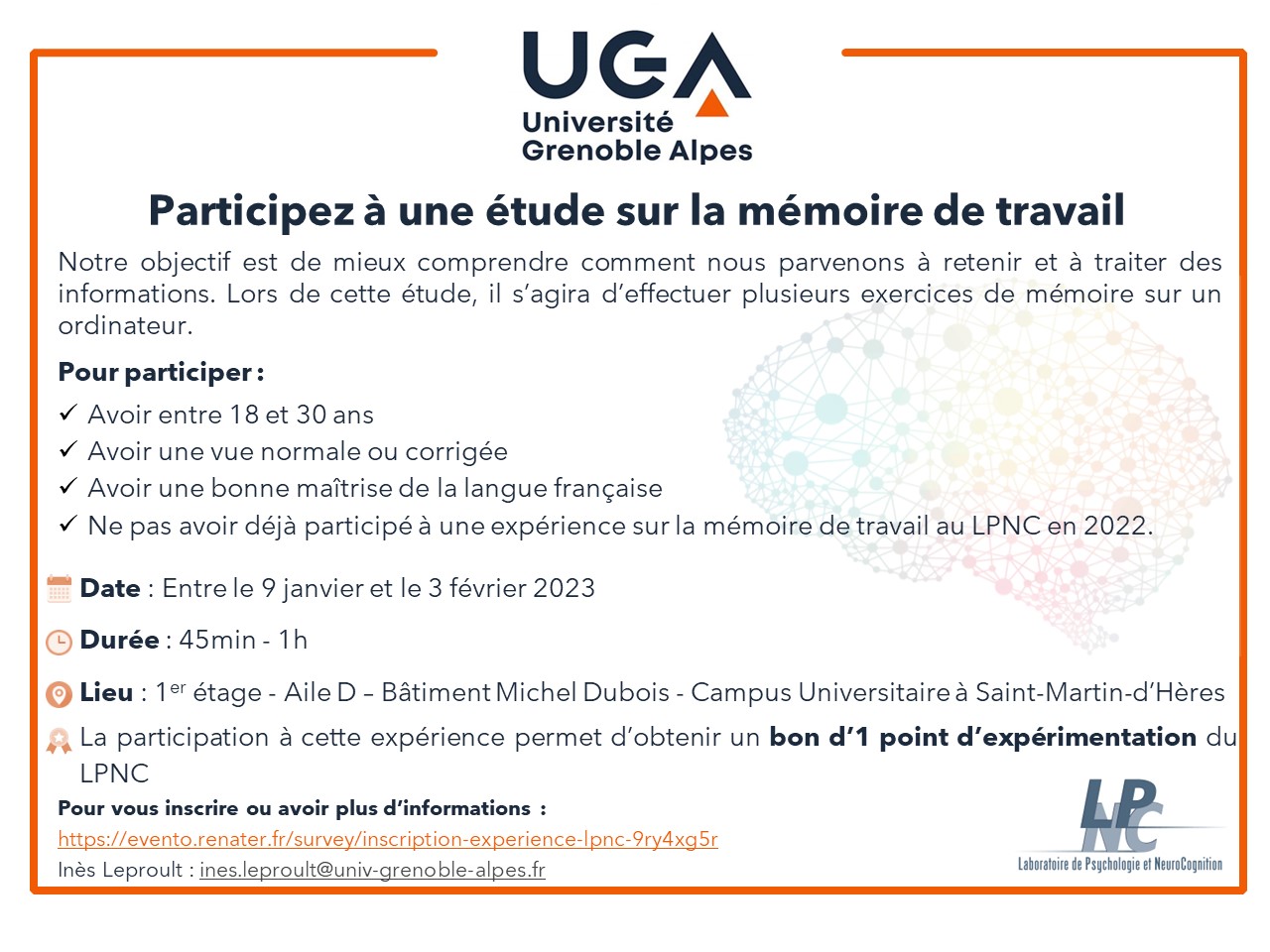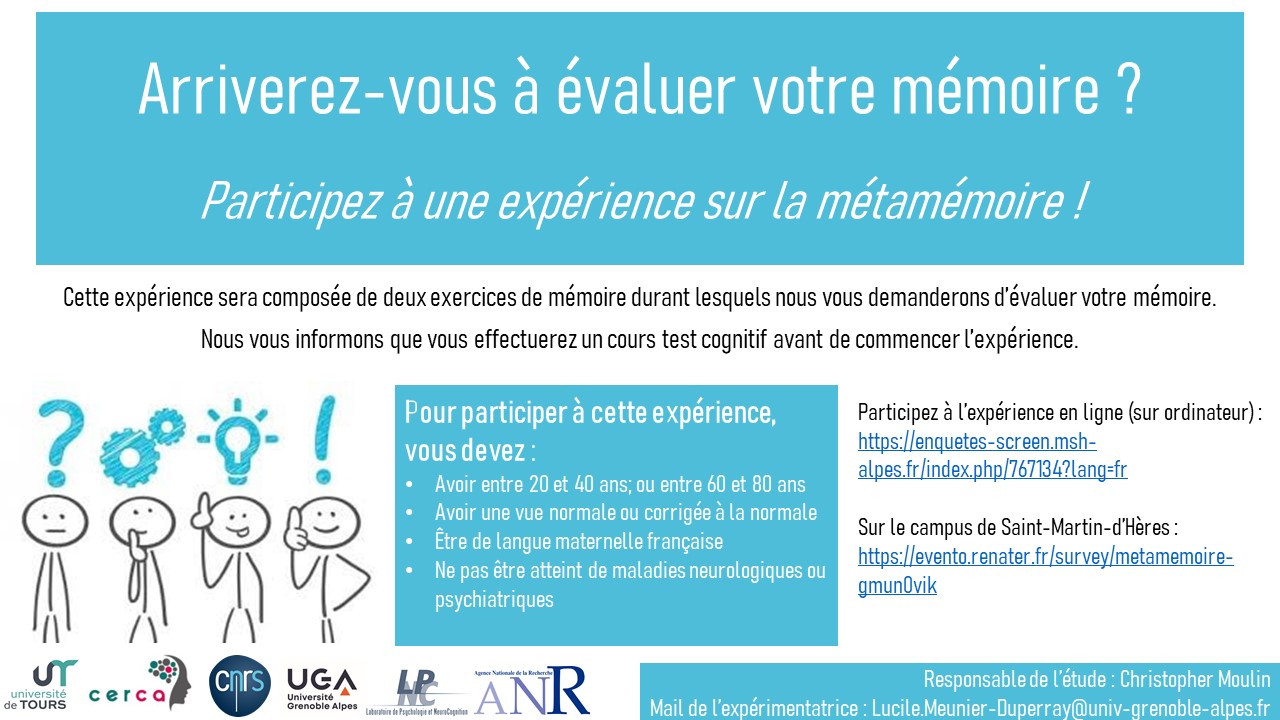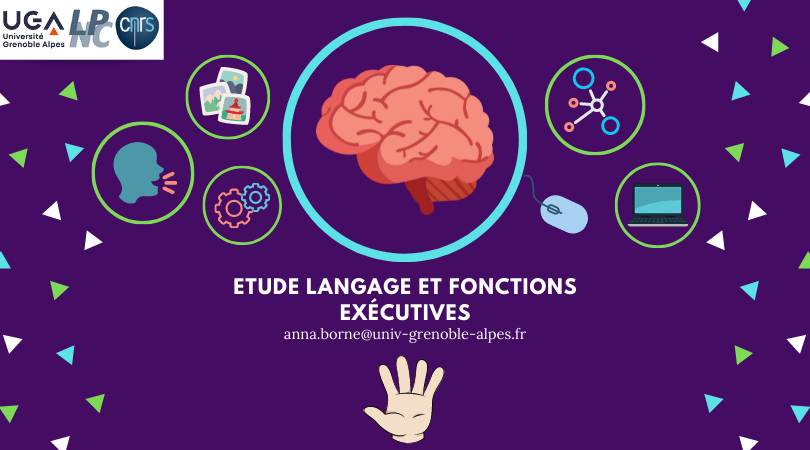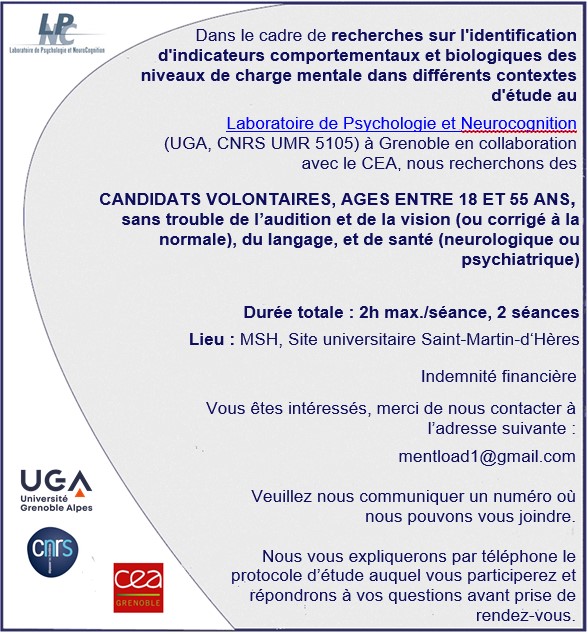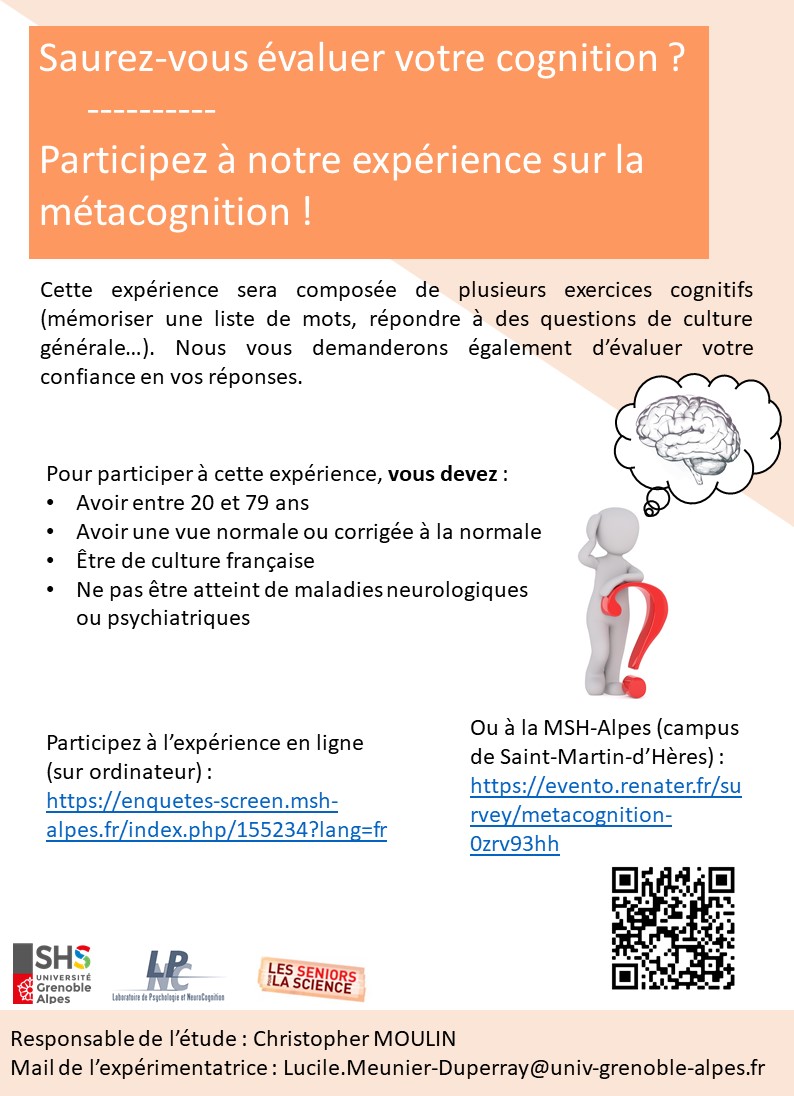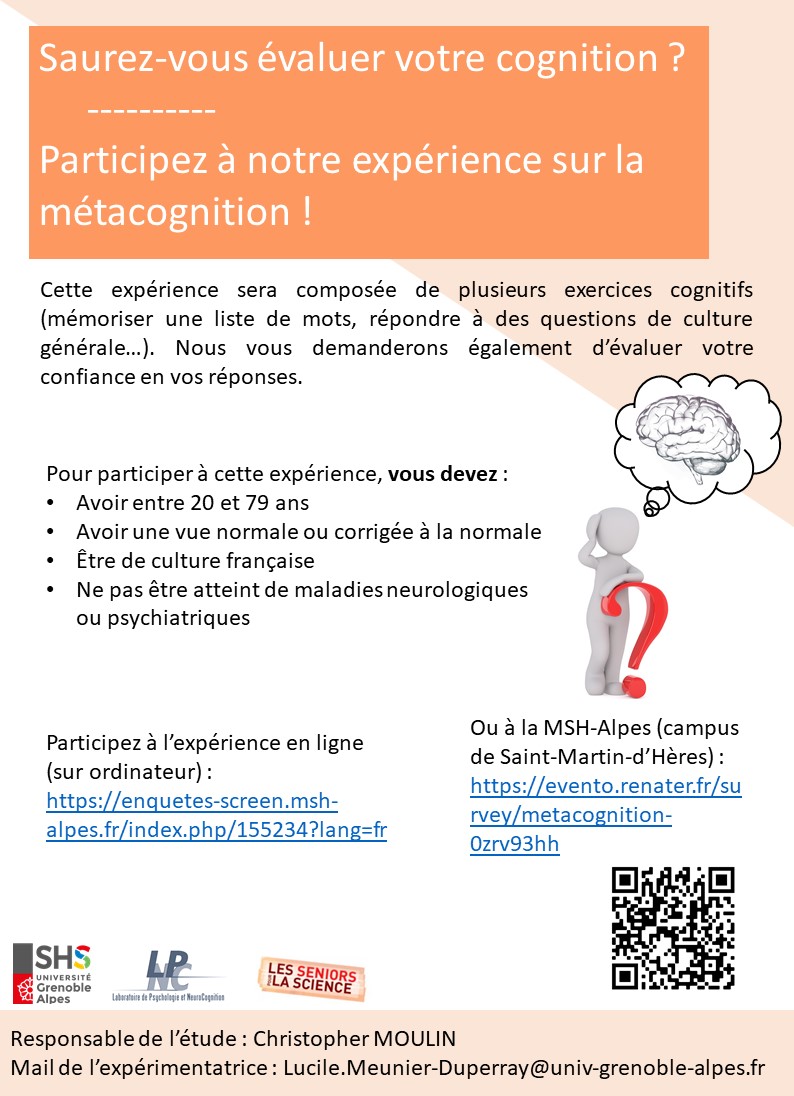Equipe Développement et Apprentissage,
Recherche
Entraîner les compétences émotionnelles à l’école maternelle : effets d’une intervention en contexte scolaire et évaluation de son implémentation
Ce projet collaboratif vise à développer une intervention originale portant sur les compétences émotionnelles pour les enfants de 3 à 6 ans en contexte scolaire. L’intervention est coconstruite avec les enseignants et ses bénéfices sont testés, par une procédure en trois phases (prétest, entraînement, posttest), à la fois sur les compétences émotionnelles (effets d’apprentissage direct), et sur les capacités mathématiques et langagières (effets de transfert). Complémentairement, le projet vise à construire et valider un outil pédagogique, utilisable en classe, à partir des séquences d’activités ayant montré leur efficacité. Nous analysons en dernier lieu la façon dont les enseignants (impliqués dans la recherche collaborative ou novices) s’approprient cet outil pédagogique, en évaluant avec une approche qualitative et quantitative l’implémentation de l’intervention.
Situation générale et problématique
Les compétences émotionnelles se réfèrent à la manière dont les personnes perçoivent et utilisent les émotions pour « faciliter la pensée », comprennent et régulent les émotions (Mikolajczak et al., 2014). Ces compétences sont étudiées souvent chez les enfants en examinant leurs capacités à identifier, reconnaitre ou dénommer les émotions et les expressions faciales, et à identifier les situations qui conduisent à les générer. Ces compétences représentent un ensemble de ressources fonctionnelles permettant de s’adapter à son environnement et sont essentielles au développement psychologique et scolaire (Gentaz et al., 2016). Elles sont également reliées à la réussite scolaire et aux conduites sociales (Voltmer & von Salisch, 2017). L’objectif général du projet est d’aider les jeunes enfants scolarisés en maternelle à développer leurs compétences émotionnelles à l’aide d’un entraînement dispensé par les enseignants pendant les heures de classe. L’intervention est coconstruite en collaboration entre une équipe d’enseignants de maternelle et l’équipe de recherche, sur la base des données issues de la recherche.
Argumentation scientifique du projet
La connaissance des émotions par l’enfant est reliée à la réussite scolaire. Une méta-analyse (Voltmer & von Salisch, 2017) a montré qu’un niveau plus élevé de connaissance des émotions d’enfants de 3 à 12 ans tendait à favoriser les résultats scolaires, l’acceptation par les pairs et l’adaptation à l’école. En particulier, la connaissance des émotions en maternelle, à savoir, la capacité à reconnaître les principales expressions faciales et à les étiqueter, prédisait les résultats ultérieurs en lecture et en mathématiques ainsi que les interactions sociales adaptées lors de la scolarité élémentaire. Toutefois, une première question concerne la relation de causalité entre ces compétences émotionnelles et les apprentissages scolaires. Nous proposons donc tout d’abord de tester si les compétences émotionnelles peuvent être considérées comme des déterminants de l’apprentissage.
Plusieurs études ont établi des entrainements (interventions) aux compétences émotionnelles. Une grande partie de ces études a été réalisée chez les enfants atypiques (ex : trouble du spectre autistique, handicap sensoriel, moteur et cognitif ; Begeer et al., 2011 ; Dyck & Denver, 2003). Des études ont aussi été réalisées chez les enfants typiques, avec souvent pour objectif d’entraîner les compétences émotionnelles afin d’améliorer lesdites compétences ainsi que les performances scolaires ou les comportements sociaux (Izard et al., 2008). Ces études ont cependant une portée limitée dans la mesure où elles ont le plus souvent ciblé une compétence spécifique (ex : compréhension des émotions mixtes). Elles ont aussi généralement été réalisées sur des tranches d’âge réduites avec des entraînements limités dans la durée. Enfin, les entraînements ont été conduits par les chercheurs, pour les besoins de la recherche, et sans l’objectif qu’ils puissent être intégrés au quotidien scolaire de l’enfant. Nous proposons de tester scientifiquement la validité d’un outil élaboré à partir des données issues de la recherche (données concernant le développement des compétences émotionnelles des enfants) et compatible avec les pratiques des enseignants.
Objectifs et hypothèses
Les objectifs du projet sont multiples. Un premier objectif est d’évaluer le lien corrélationnel entre les compétences émotionnelles des jeunes enfants de maternelle et leurs compétences scolaires. Le projet prévoit d’évaluer ce lien à un moment t (corrélations entre compétences émotionnelles et compétences en mathématiques/ langage en maternelle) mais aussi dans une perspective longitudinale (corrélations entre compétences émotionnelles en maternelle et compétences en Mathématiques et en Français 2 ans plus tard, en CP ou CE1).
Un deuxième objectif est d’évaluer : 1- si l’entraînement aux émotions en maternelle (coconstruit en collaboration avec l'équipe des enseignants) a un effet positif sur le développement des compétences émotionnelles des enfants de maternelle (effet d'apprentissage immédiat) ; et 2- si cet entraînement a un impact sur les compétences langagières et mathématiques des enfants de maternelle (effet de transfert). Nous supposons que l’entraînement permettra d’améliorer les capacités des jeunes enfants à identifier, comprendre et dénommer les émotions, mais aussi qu’il permettra potentiellement d’améliorer leurs capacités langagières et mathématiques. Pour cela, nous évaluerons les compétences des élèves intégrés dans les classes participant à l’étude en tant que groupe « recherche » (élèves bénéficiant de l’entraînement aux compétences émotionnelles) ou « groupe « témoin » (élèves ne bénéficiant pas de l’entraînement aux compétences émotionnelles). Pour mener à bien la collaboration, le projet prévoit des séances de formation et de discussion avec les enseignants du groupe « recherche ».
Un troisième objectif vise à : 1- créer un outil pédagogique pour l’entrainement des compétences émotionnelles, en y incluant les activités ayant montré leur efficacité, dans le but de rendre l'entraînement (coconstruit en collaboration) accessible au plus grand nombre d’enseignants possible et ; 2- tester l’efficacité de cet outil dans le transfert de connaissances aux enseignants et dans la façon dont les enseignants pourront se l’approprier. Il s’agira d’évaluer qualitativement et quantitativement l’implémentation de l’entrainement en classe, via l’outil de diffusion créé, ainsi que son acceptabilité. Nous supposons que l’outil créé permettra aux enseignants de s’approprier l’entrainement des compétences émotionnelles. Il s’agira toutefois de préciser les limites de cet outil en évaluant son utilisation par des enseignants n’ayant jamais participé à la recherche collaborative, et n’ayant donc pas bénéficié des formations et discussions avec l’équipe de recherche. Les résultats permettront d’ajuster les modalités de l’entrainement et les séquences d’activités, de sorte qu’elles répondent le mieux possible aux préoccupations des enseignants sur le terrain et aux besoins d’apprentissage des élèves.
Description du projet (méthode, planification). Pour répondre aux objectifs spécifiés ci-dessus, le projet s’articule autour de différents axes.
Axe 1 : lien corrélationnel entre les compétences émotionnelles des jeunes enfants de maternelle et leurs compétences scolaires deux ans plus tard
Il s’agit d’analyser dans quelle mesure les compétences émotionnelles des enfants de maternelle peuvent être reliées à leurs compétences scolaires. Cet axe inclut un suivi longitudinal, puisque nous prévoyons d’établir un lien avec les compétences en mathématiques et en Français telles qu’elles sont révélées par les évaluations nationales en CP et CE1 (càd 2 ans après que les compétences émotionnelles aient été évaluées).
Axe 2 : effet et généralisation de entraînement
Suite à l’ajustement du contenu des séquences mises au point dans nos premiers travaux, il s’agit de tester plus précisément les effets de l’entraînement. Un paradigme en trois phases (prétest, entraînement, posttest) sera utilisé avec les enfants de PS, MS et GS en Savoie. Ces trois phases seront administrées à un groupe d’élèves bénéficiant du programme d’entraînement auquel les enseignants sont formés (groupe « recherche »). Un groupe « témoin » ne réalisera que les phases de prétest et posttest et poursuivra donc ses activités habituelles pendant que le groupe « recherche » réalisera les séances d’entraînement (il est prévu que ce groupe puisse bénéficier de l’entraînement aux compétences émotionnelles dans une phase ultérieure).
Pour évaluer l’apprentissage immédiat, les prétests et posttests portant sur la connaissance des émotions seront constitués d’épreuves (adaptées de travaux antérieurs ; Richard et al., 2021) ciblant la reconnaissance des émotions primaires (colère, peur, joie, tristesse, émotion neutre) et la compréhension des causes externes qui sous-tendent ces émotions chez autrui (montrer et nommer l’émotion d’un personnage dans une situation donnée).
Les prétests et posttests évaluant la généralisation de l’entrainement auront les caractéristiques suivantes. Concernant le langage, nous testerons la compréhension lexicale (mots isolés ; test EVIP) ainsi que la compréhension syntaxique (phrases ; test ECOSSE). Pour les mathématiques, les composantes ciblées concernent 1- les habiletés numériques de base : le vocabulaire mathématique simple (ex : comprendre les mots “plus”, “moins”), le subitizing (percevoir très rapidement et précisément les petites quantités), la discrimination de quantités (comparaison de quantités), le dénombrement, l’arithmétique de base (ex : “si j’ajoute un stylo, combien en aurai-je ?” en ayant la collection initiale sous les yeux) ; 2- le raisonnement non verbal, en particulier la capacité à raisonner sur des algorithmes ; et 3- l’utilisation spontanée (sans que cela ne soit suggéré à l’enfant) du nombre dans une résolution de problème. Ces composantes constituent un socle de base pour les apprentissages mathématiques futurs (Burgoyne et al., 2017 ; Jordan et al., 2007). Le contenu de ces épreuves sera mis au point de nouveau dans une approche collaborative, en tenant compte des objectifs de la recherche, des contraintes de passation au sein de la classe et des attendus de fin de cycle (spécifiés par les enseignants).
Axe 3 : création d’un outil pédagogique (livret)
Nous planifions de créer un outil pédagogique pour le travail des compétences émotionnelles en maternelle qui puisse être transmis en grand nombre et qui puisse être utilisable par les enseignants non impliqués dans la recherche. L’outil pédagogique sera mis au point en collaboration avec les enseignants. Il tiendra compte de leurs retours concernant l’engagement des élèves dans les activités proposées, la faisabilité des activités dans le cadre de la classe, la pertinence du déroulé concret des activités compte tenu des objectifs (évaluation des difficultés à atteindre les objectifs). Une première version élaborée de cet outil sera accessible pour la rentrée 2023.
Axe 4 : évaluation de l’implémentation de l'entrainement
L’implémentation fait référence au processus de mise en place de l’entrainement au sein de l’école. Il importe que la recherche fournisse des données scientifiques fiables sur l’efficacité des pratiques ou des outils (axe / objectif 2). Parallèlement, se pose la question de la compatibilité des pratiques innovantes proposées avec les pratiques habituelles des enseignants. Cette compatibilité est favorisée dans notre approche par la démarche collaborative, basée sur un partage de questionnements, de préoccupations et de responsabilités entre enseignants et chercheurs. L’entrainement est coconçu et est aussi progressivement ajusté en regard de sa compatibilité perçue avec la pratique de classe.
Néanmoins, les praticiens ne peuvent pas toujours implémenter de façon parfaitement fidèle (à 100%) l’ensemble d’un entrainement. Il faut donc que la mise en application du programme soit aussi testée. Cette question est d’autant plus importante que l’outil pédagogique envisagé est à destination de l’ensemble des enseignants, et non uniquement de ceux impliqués dans la recherche collaborative. Ces derniers reçoivent une formation les amenant à saisir les bénéfices d’un entrainement aux compétences émotionnelles. Ils ont les éléments théoriques leur permettant d’adhérer au programme, qu’ils ont par ailleurs contribué à mettre en œuvre au sein de la collaboration. Ces éléments favorisent une implémentation rigoureuse (meilleures acceptabilité et adoption de l’entrainement, perception claire de l’adéquation de l’entrainement et des objectifs, sentiment d’efficacité à mettre en œuvre ce qui est attendu, acceptation des efforts générés par le travail d’implémentation). Reste à savoir comment se fera l’implémentation par les enseignants n’ayant pas été impliqués dans la recherche collaborative. Il s’agit donc d'élaborer un protocole qui évalue la fidélité et les aspects d’implémentation. Nous évaluerons si les caractéristiques de l’entrainement ont été implémentées telles que prévu, et si les élèves ont eu l’opportunité d’acquérir les habiletés permettant d’atteindre les objectifs fixés (critère d’adhésion). Nous évaluerons aussi la qualité d’implémentation de l’entrainement : est-ce que toutes les étapes planifiées ont été mises en place ? Est-ce que chacune d’elles a été correctement exécutée ? Nous examinerons aussi dans quelle mesure chaque élève a bénéficié de l’entièreté de l'entrainement (critère de dosage ou d’exposition), ainsi que l’intérêt, l’engagement et la compréhension des élèves lors des séquences d'activités (critère de réceptivité). Ces critères seront objectivés, selon leur nature, soit par des questionnaires adressés aux enseignants, soit par des grilles d’observation (pour cela, il est projeté d’effectuer des enregistrements vidéo des séquences d'activités). Pour finir, nous nous intéresserons à la validité sociale de l’entrainement et de l’outil pédagogique telle qu’elle est perçue par les enseignants (questionnaires) : jugent-ils la pratique innovante acceptable et satisfaisante ? Il s’agira aussi d’évaluer si leur participation au projet a pu changer leur regard sur leurs gestes professionnels.
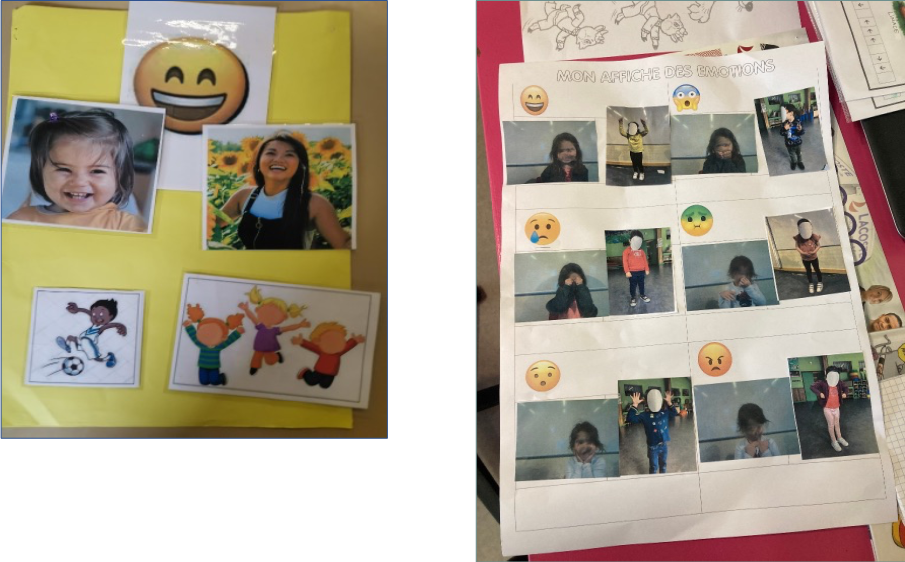
Le projet a permis la création d’un livret pédagogique pour l’enseignement des émotions en maternelle, notamment en Petite Section et Moyenne Section.
Voici les deux supports :
– le livret/guide
– les annexes
Enseigner les émotions en classe - Livret de l'enseignant (PDF, 13.08 Mo)
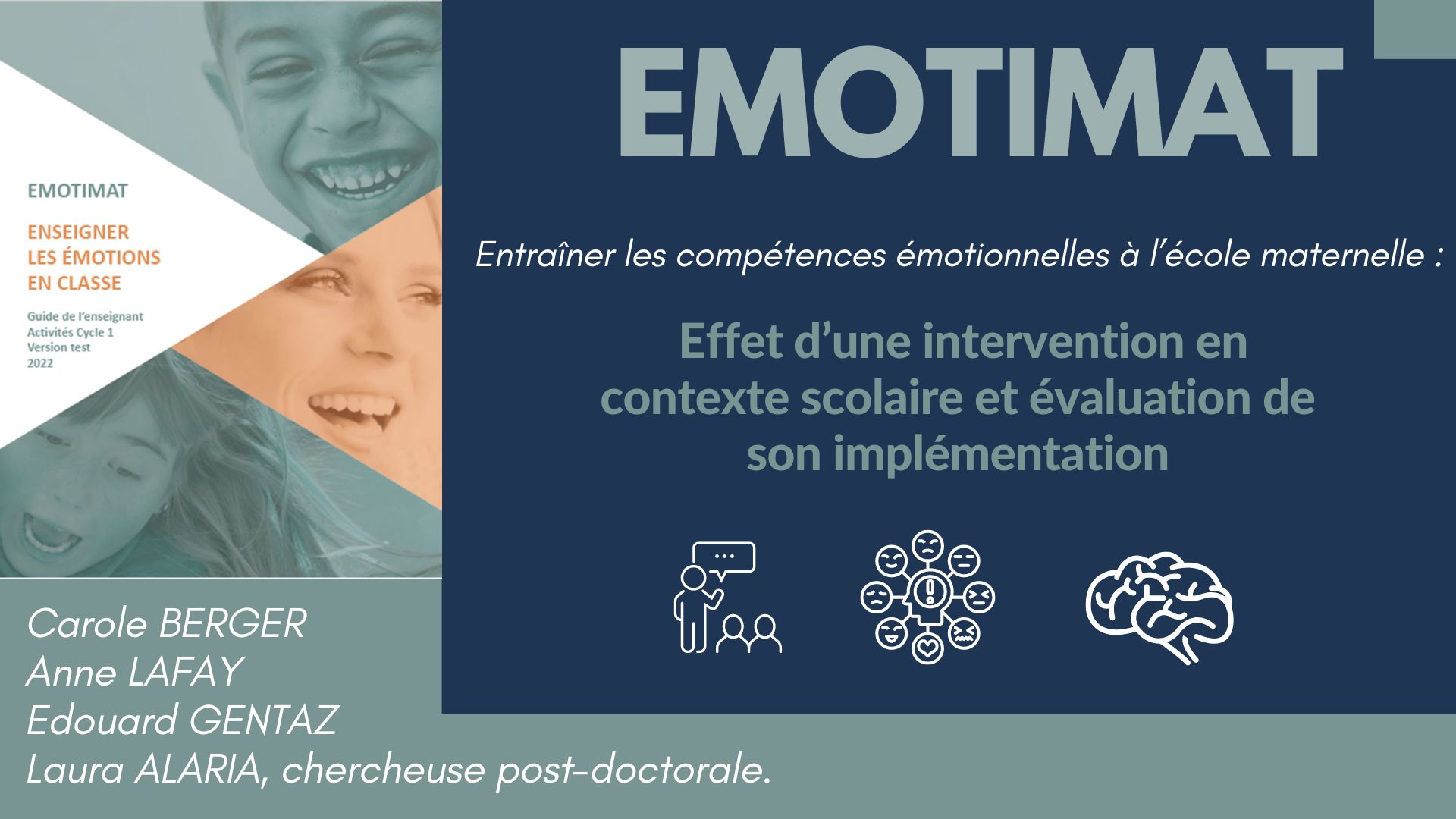
Porteur du projet : Carole Berger (LPNC, USMB)
Autres chercheurs : Laura Alaria (chercheuse post-doctorante LPNC), Edouard Gentaz (Université de Genève), Anne Lafay (LPNC, USMB)
Education nationale - coordination pour le projet Pégase : Sonia Angonin (conseillère pédagogique, circonscription d’Albertville)
